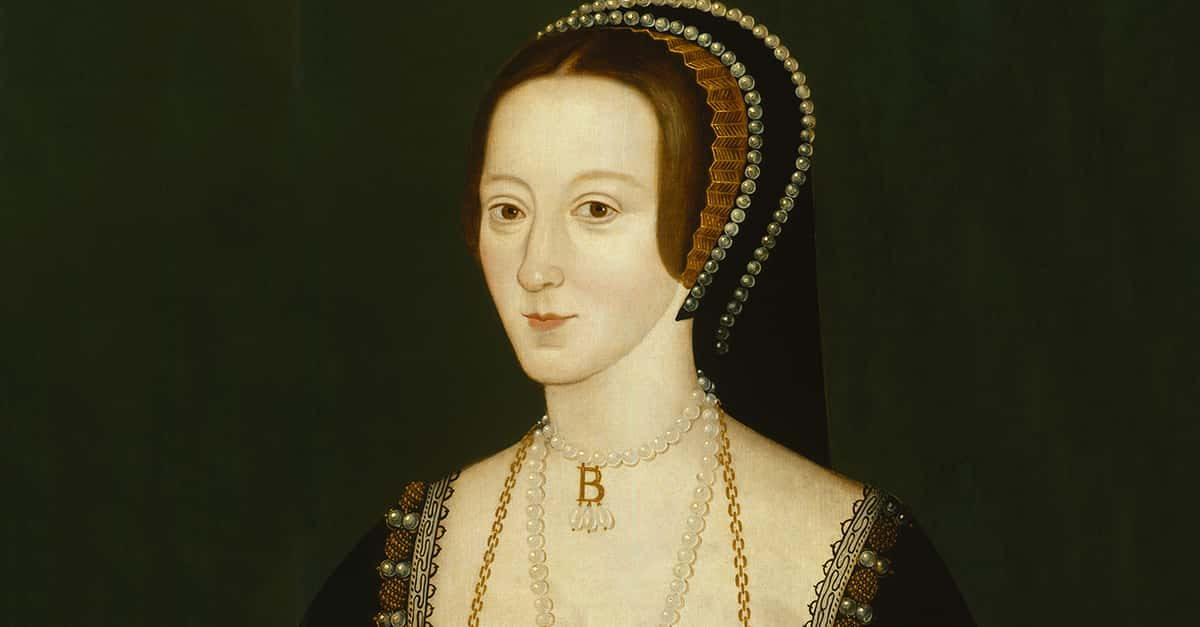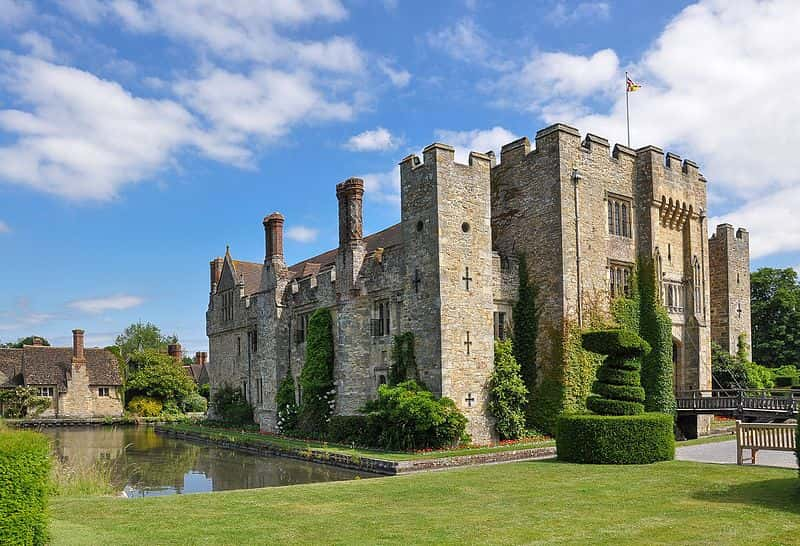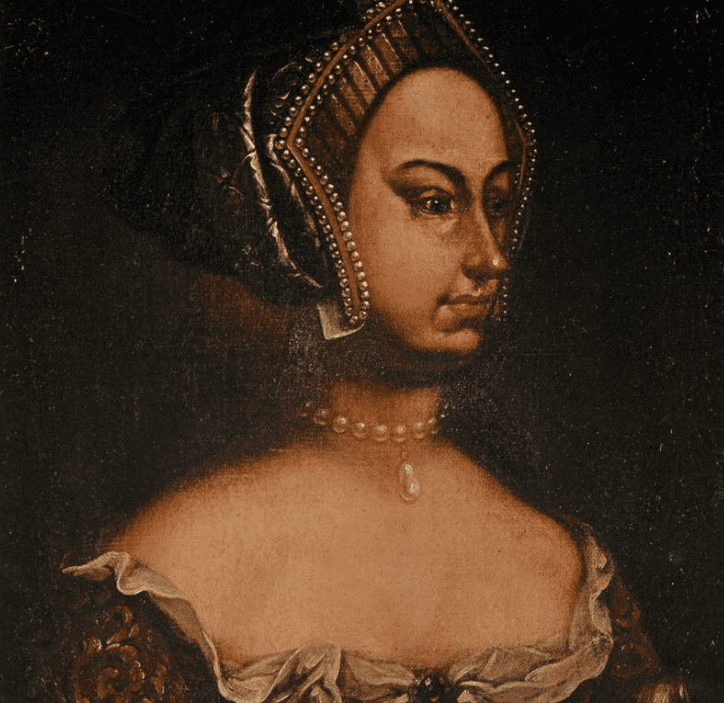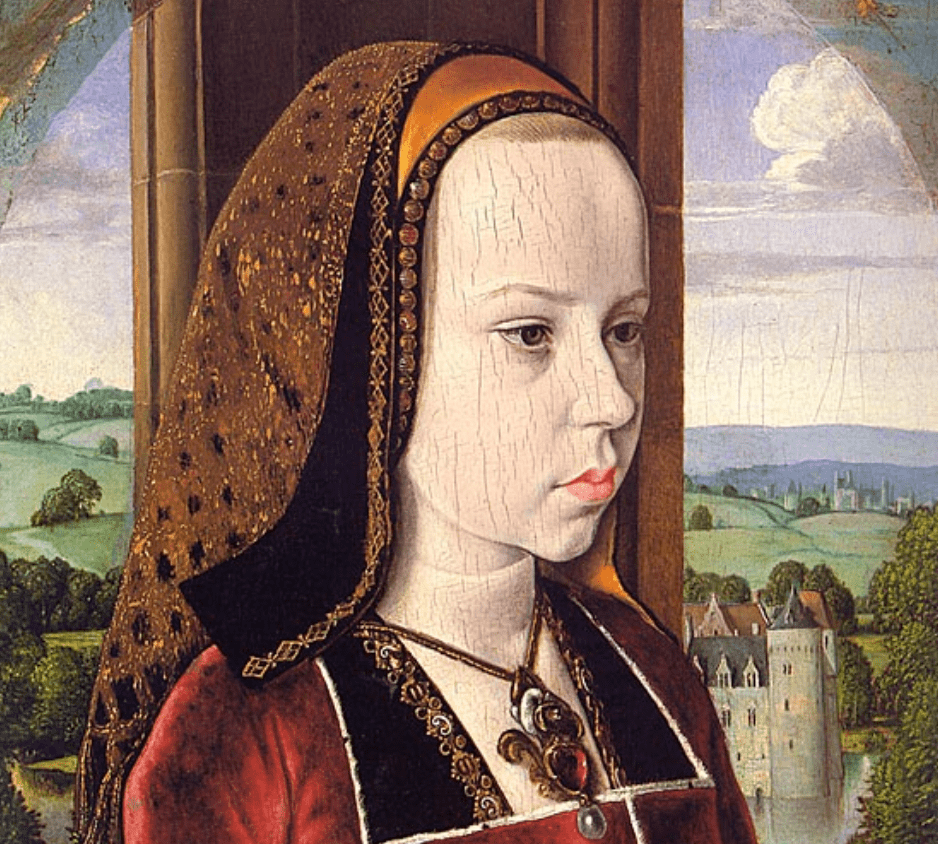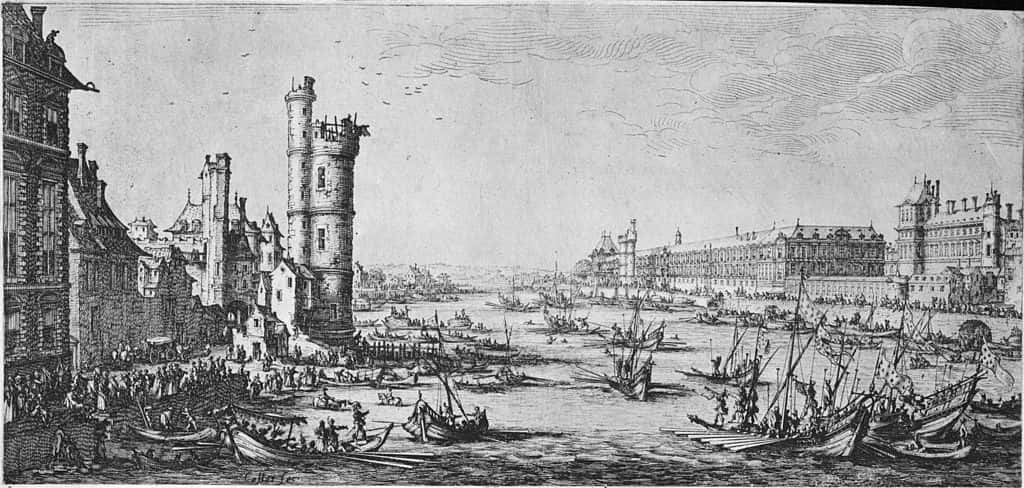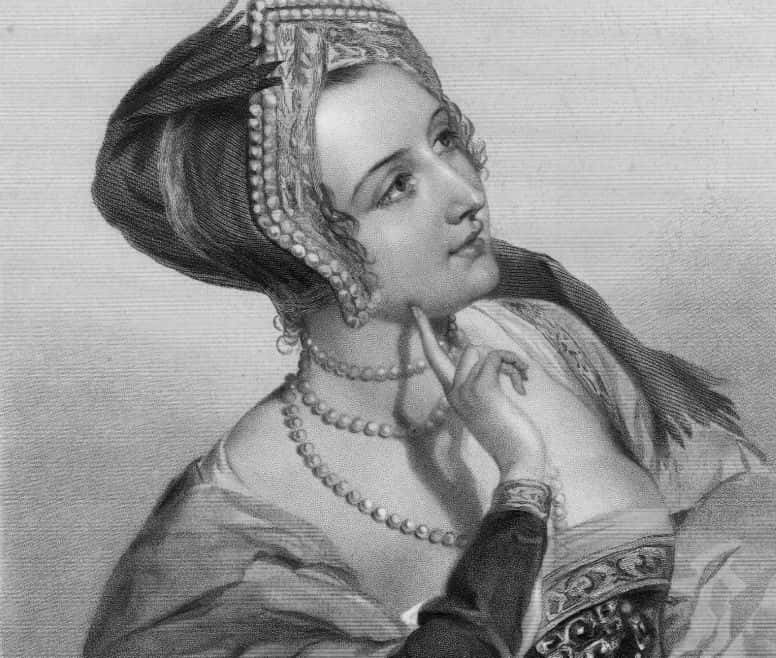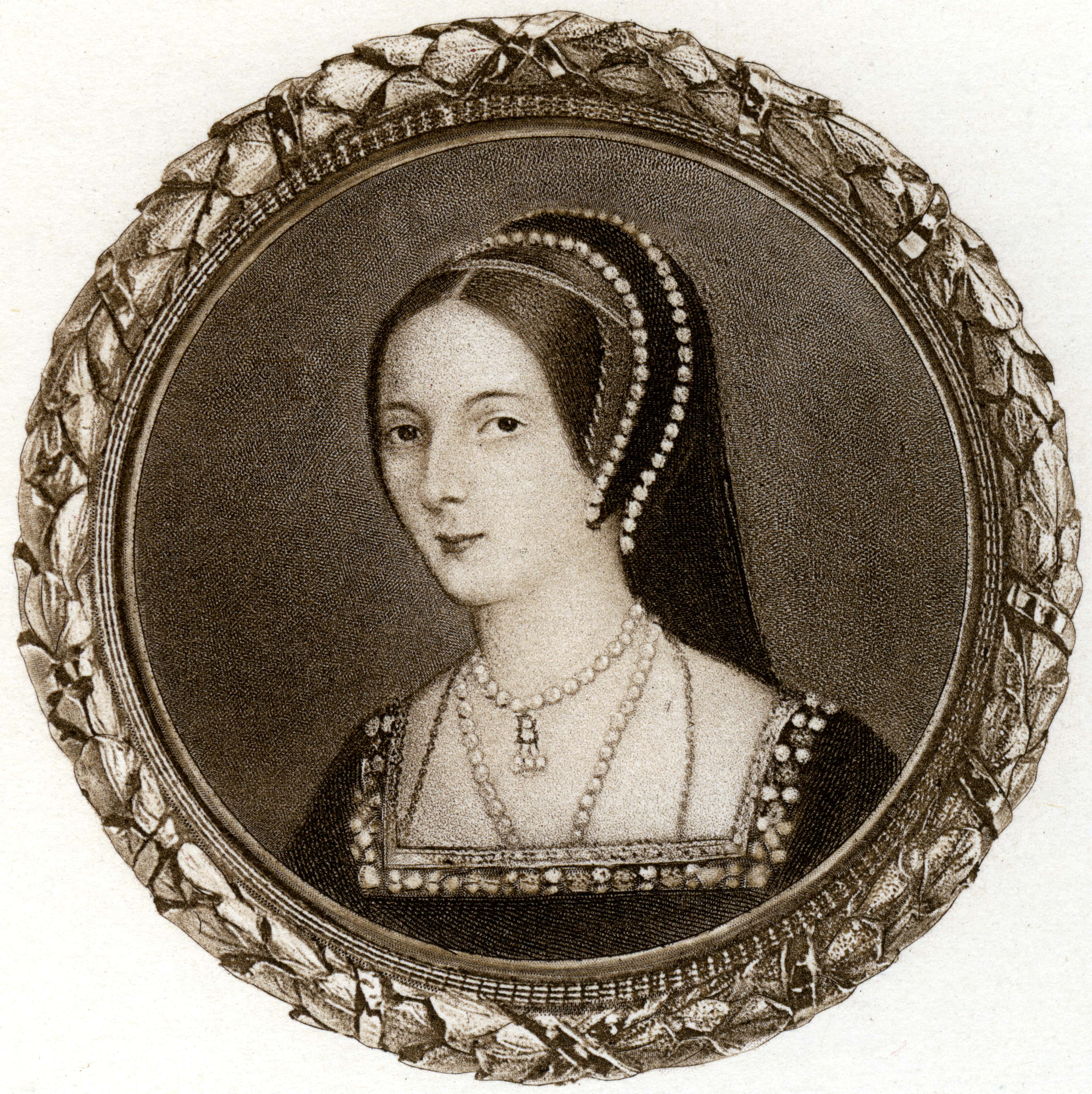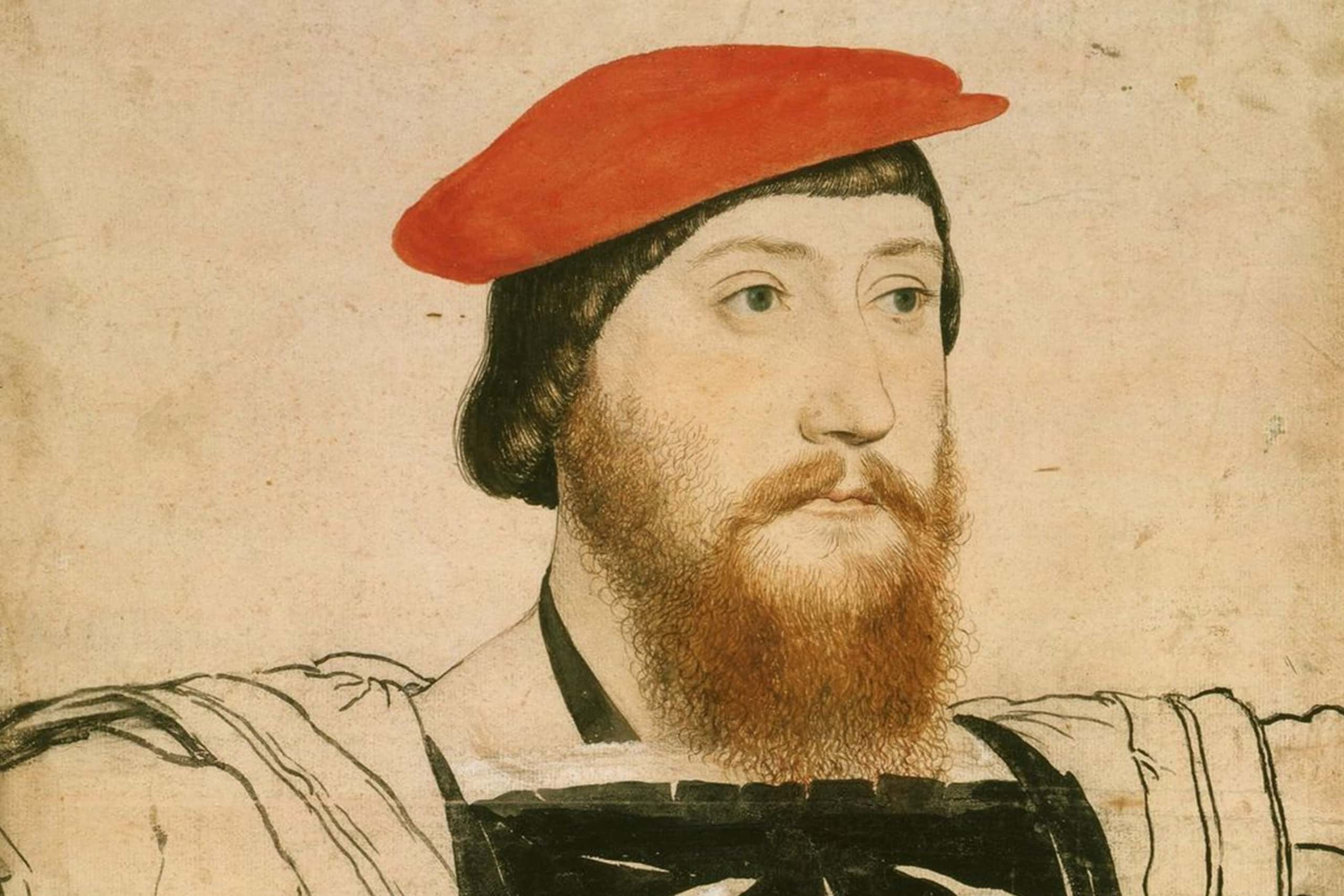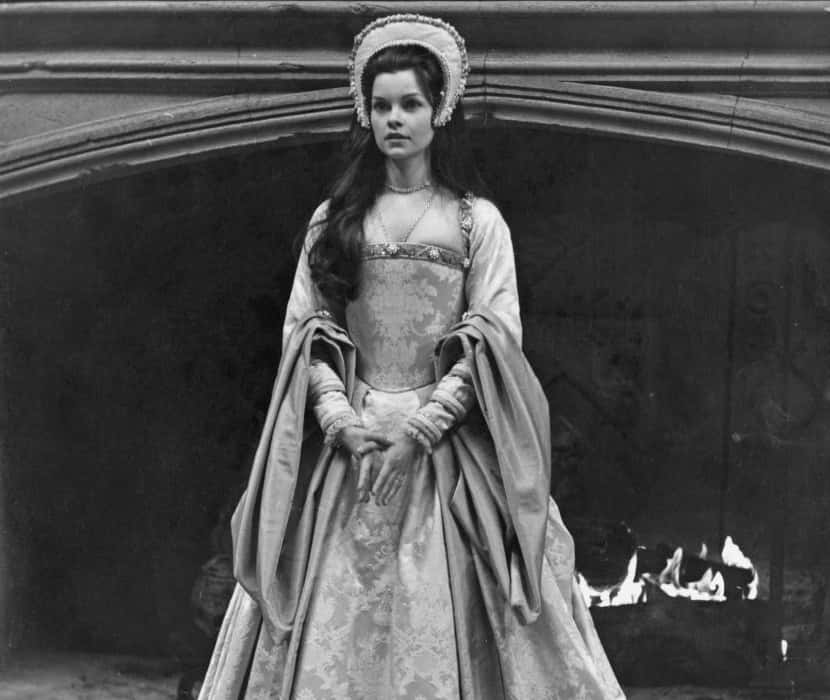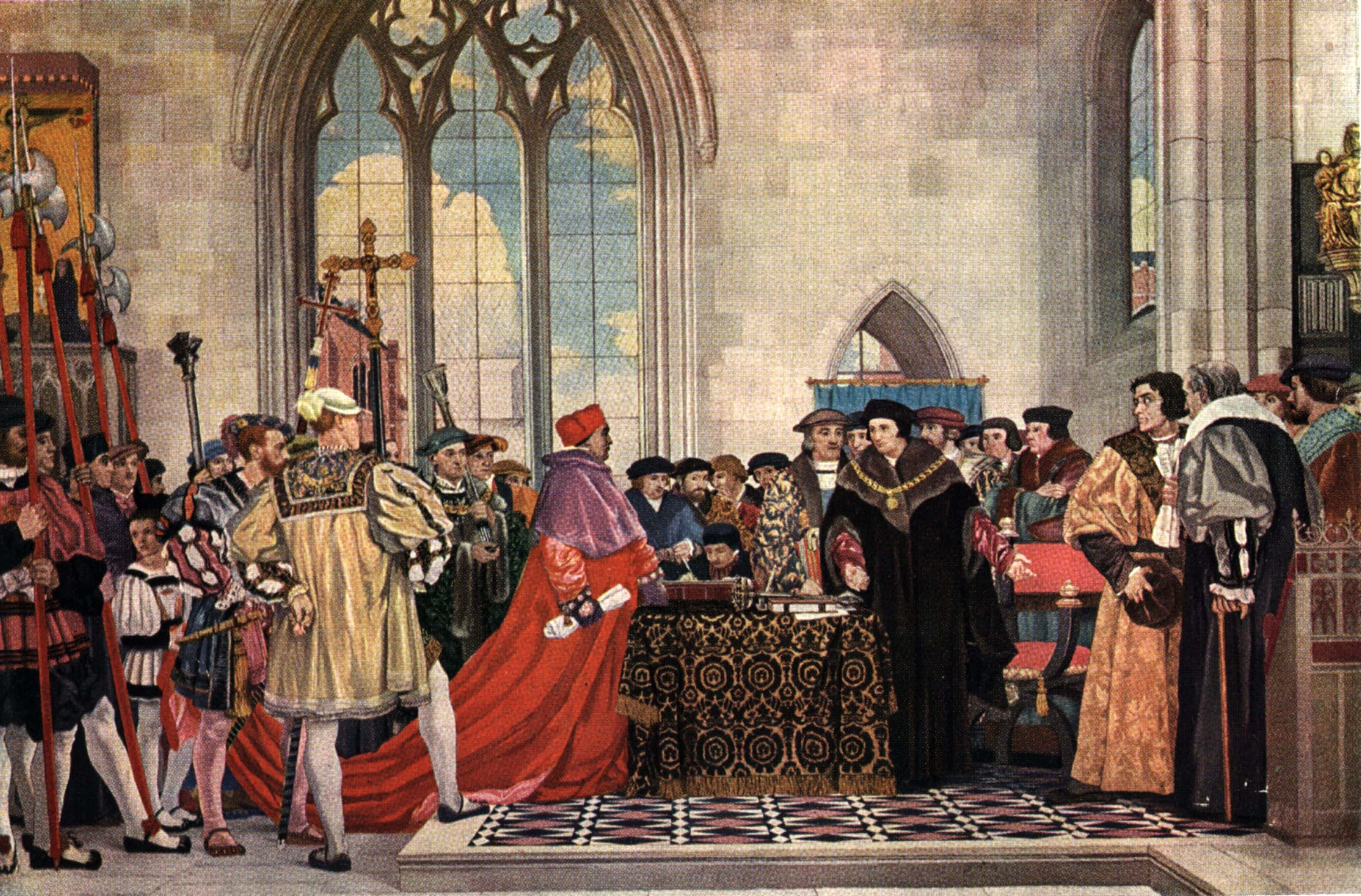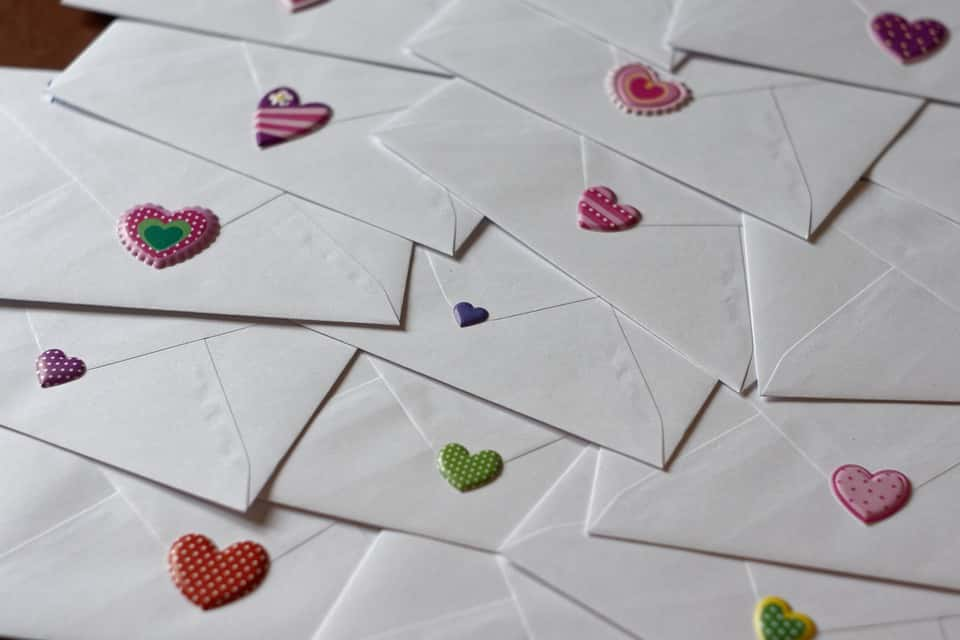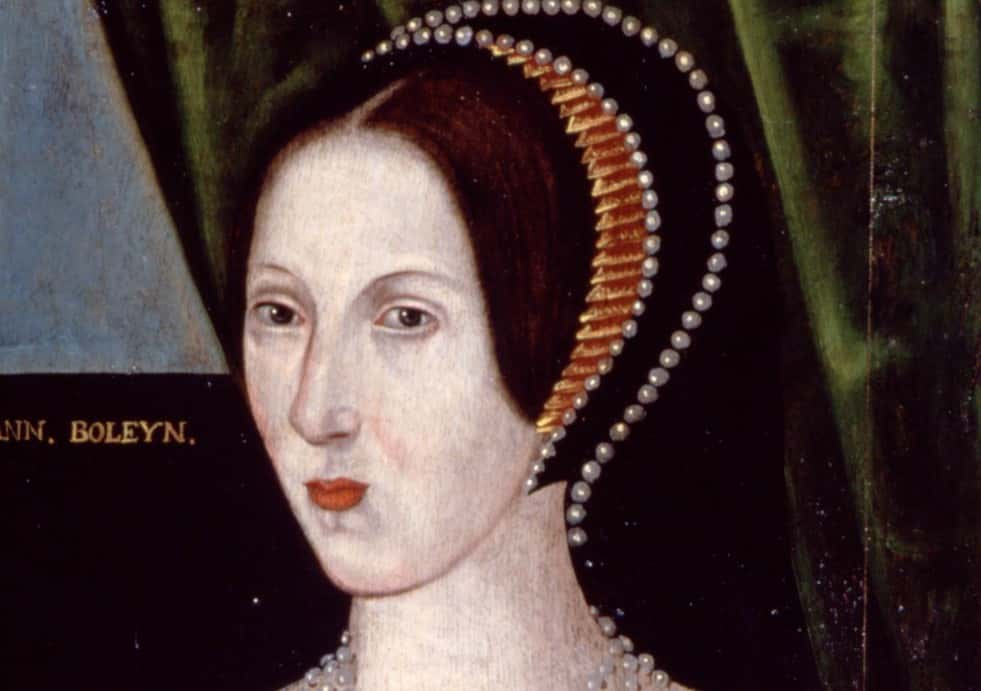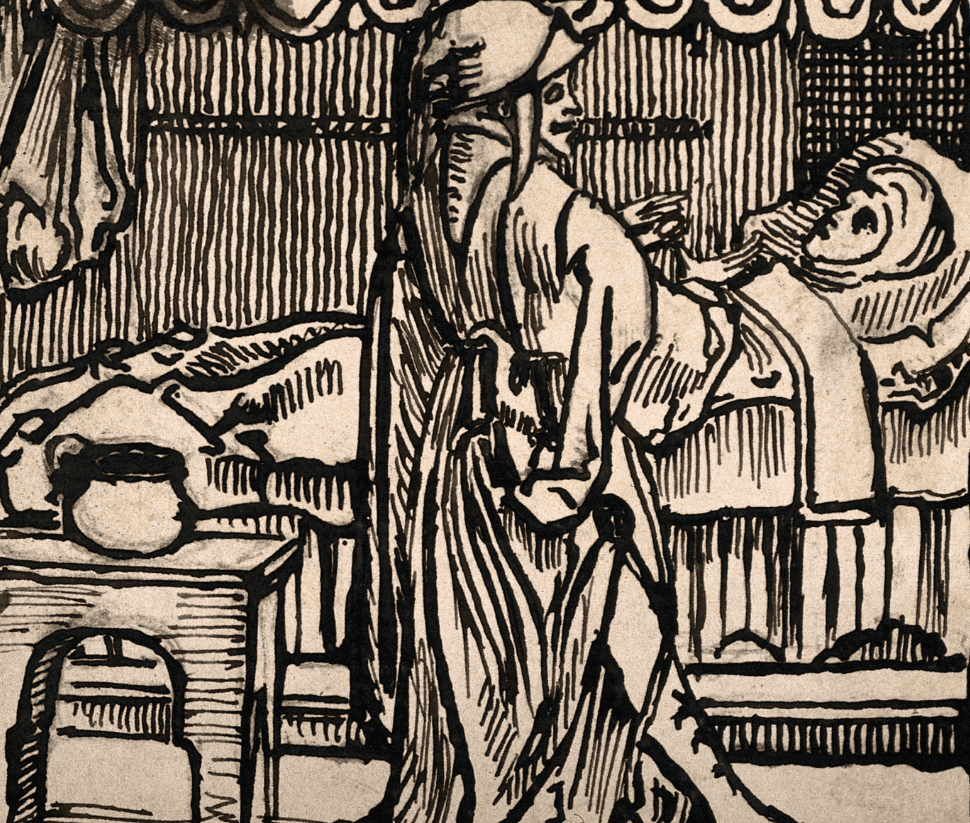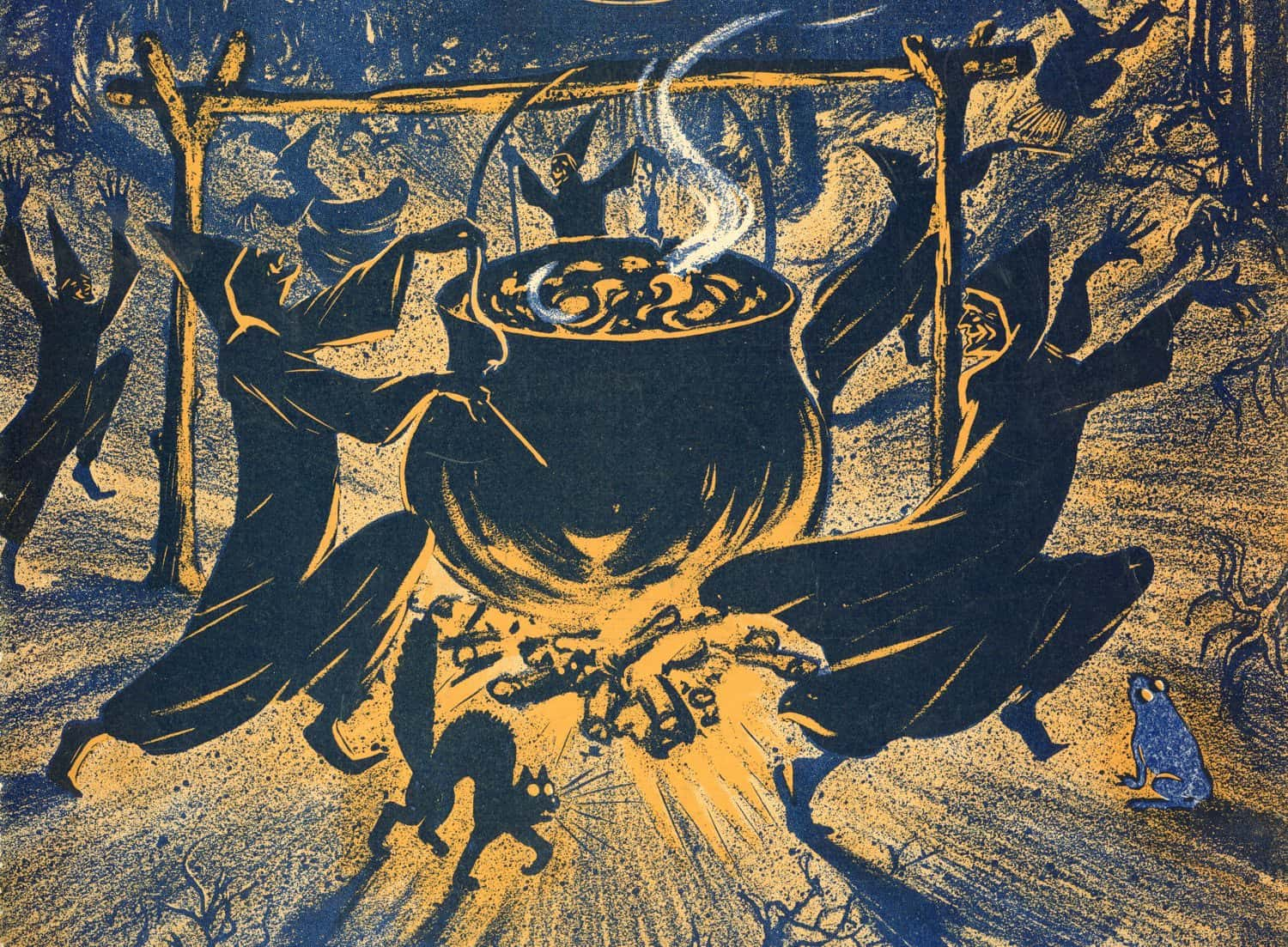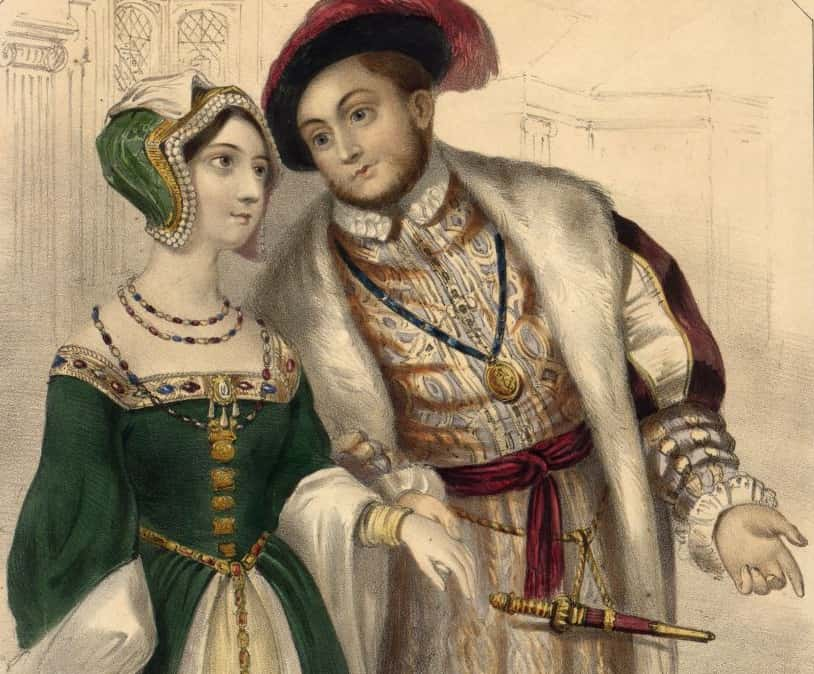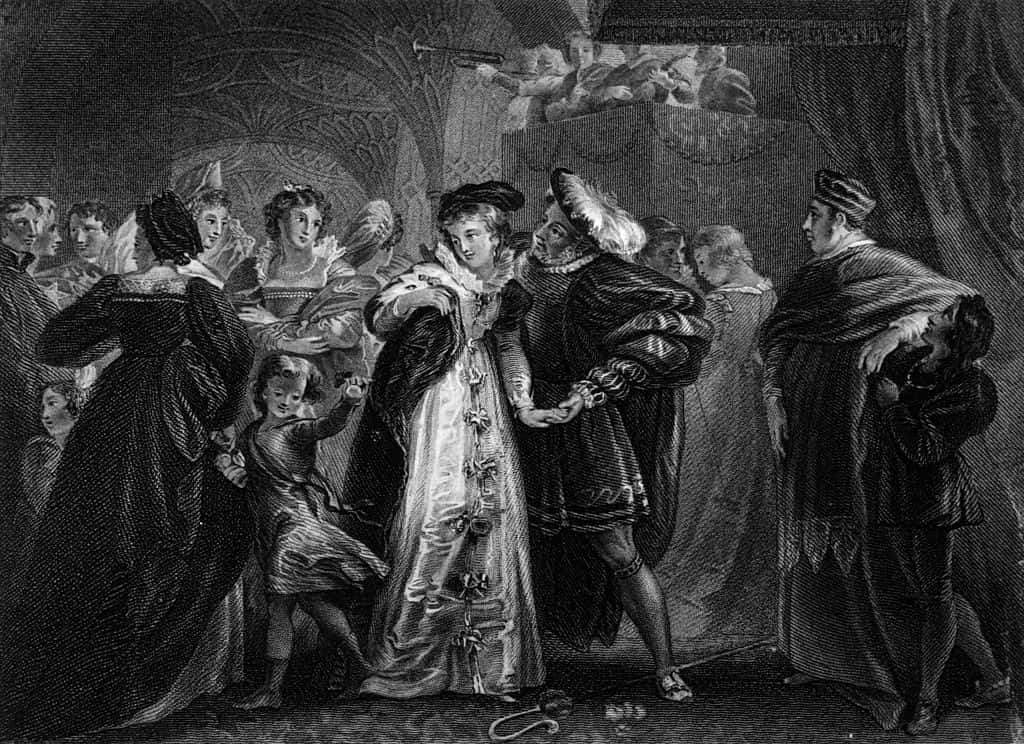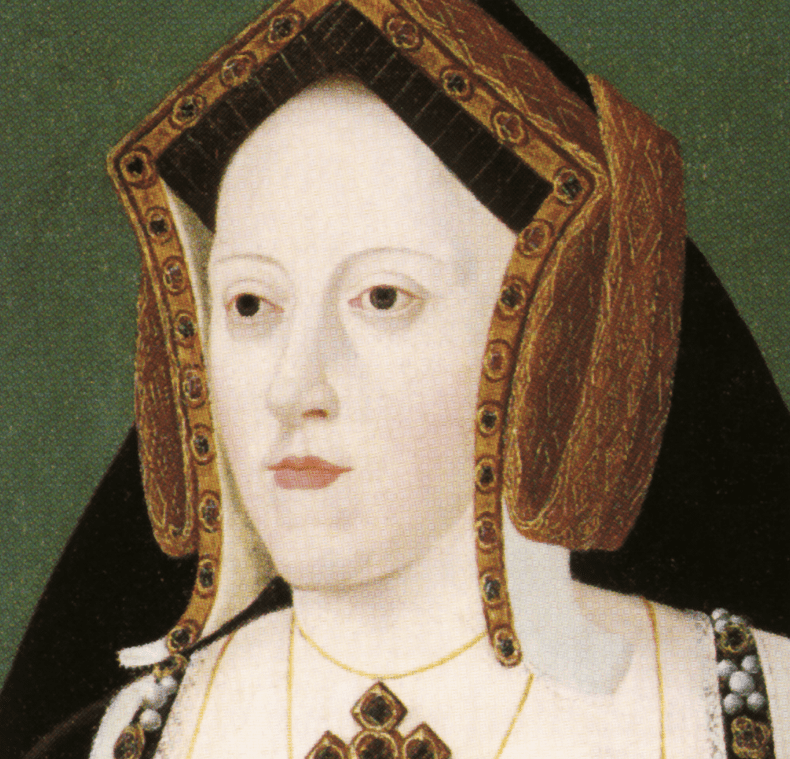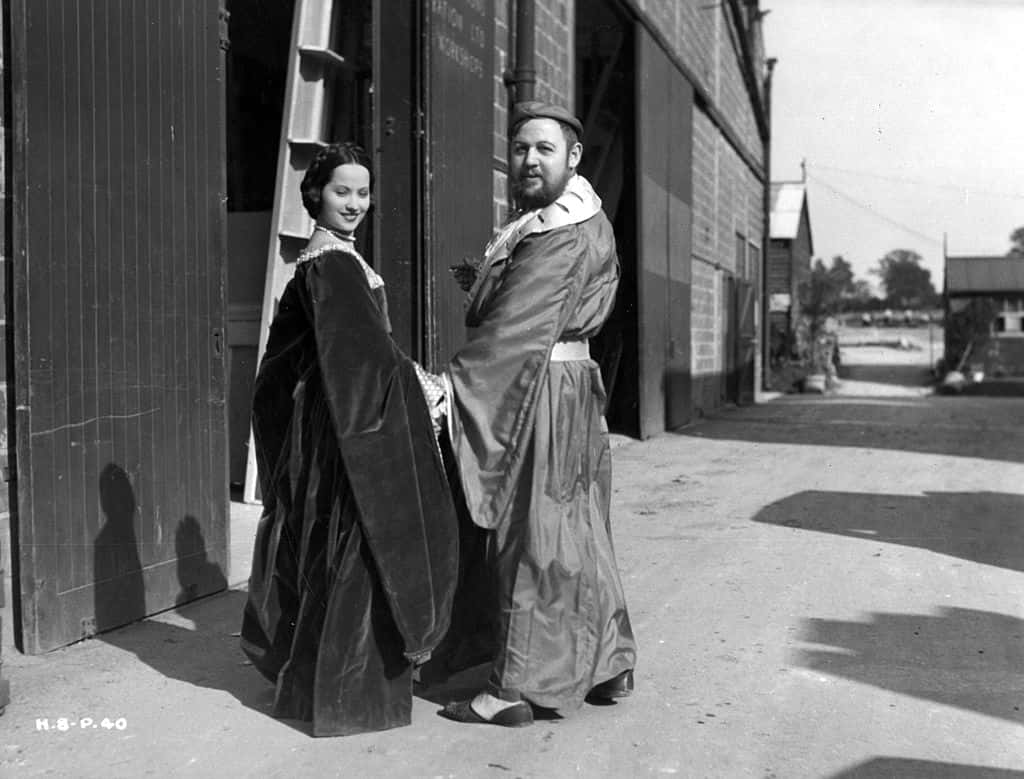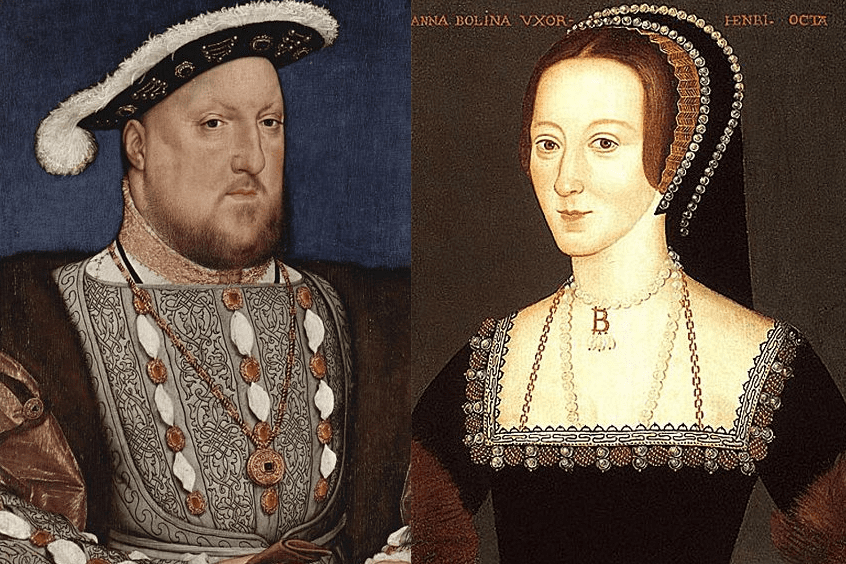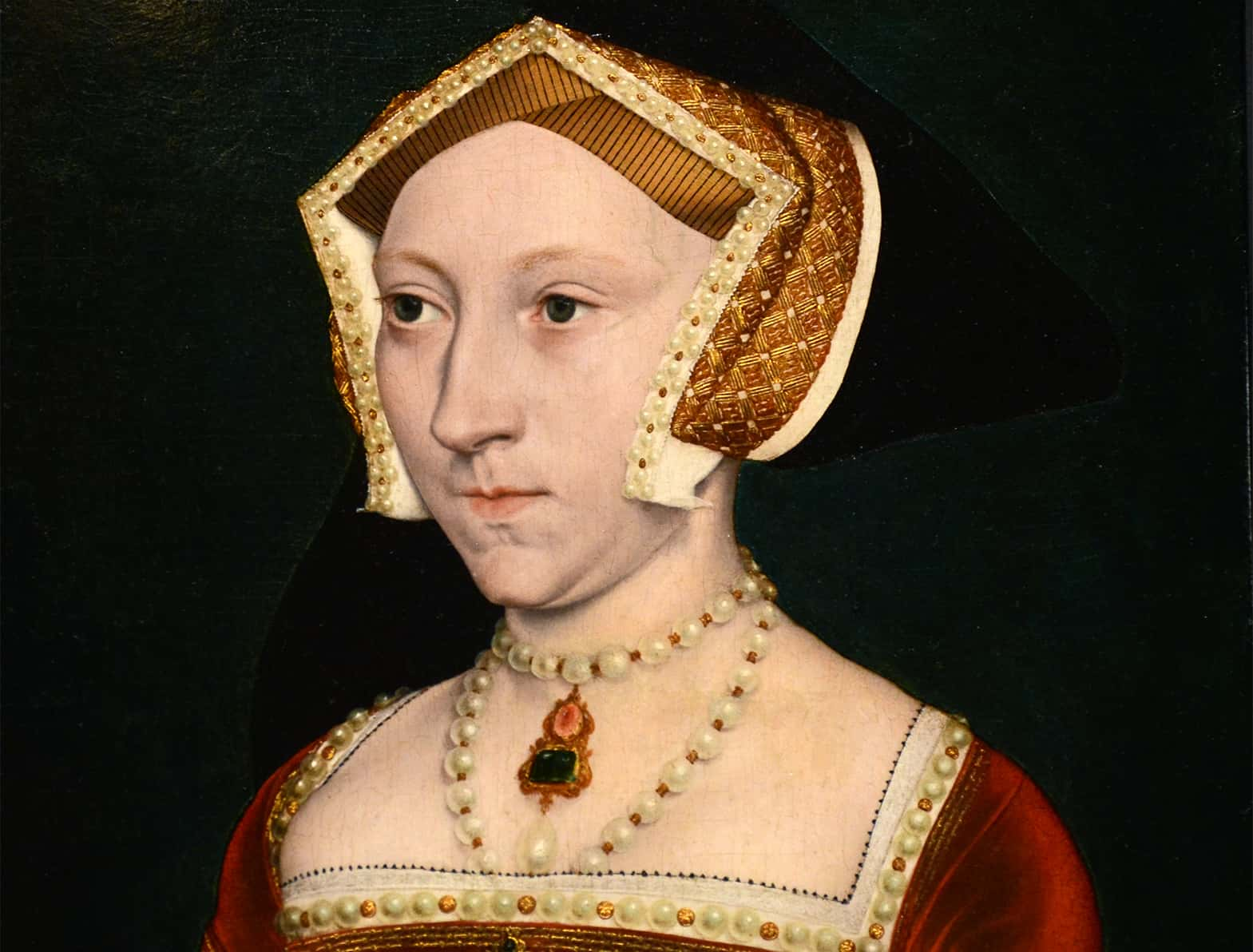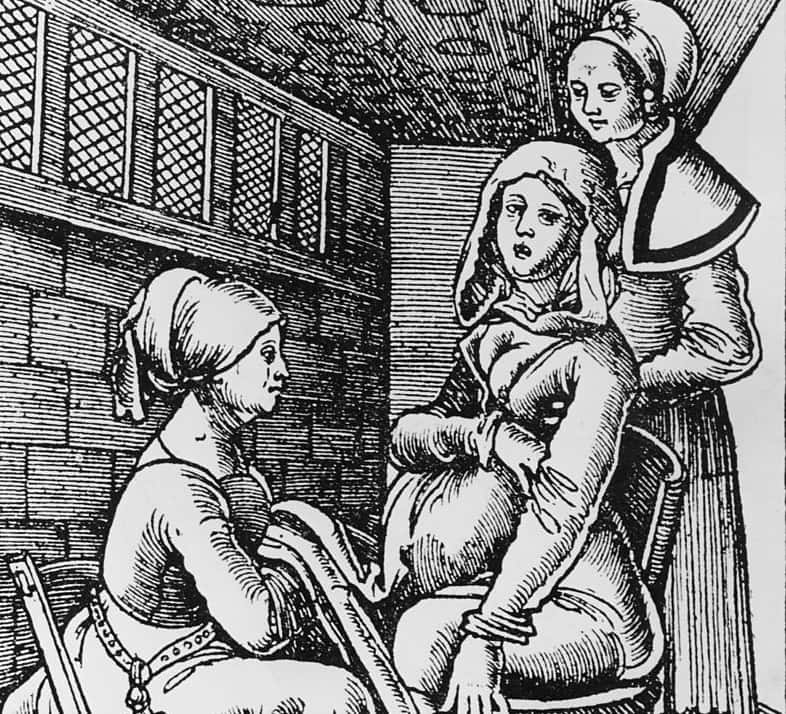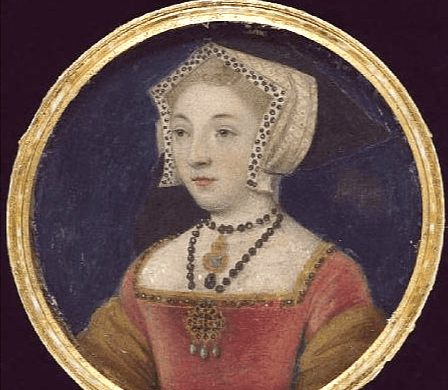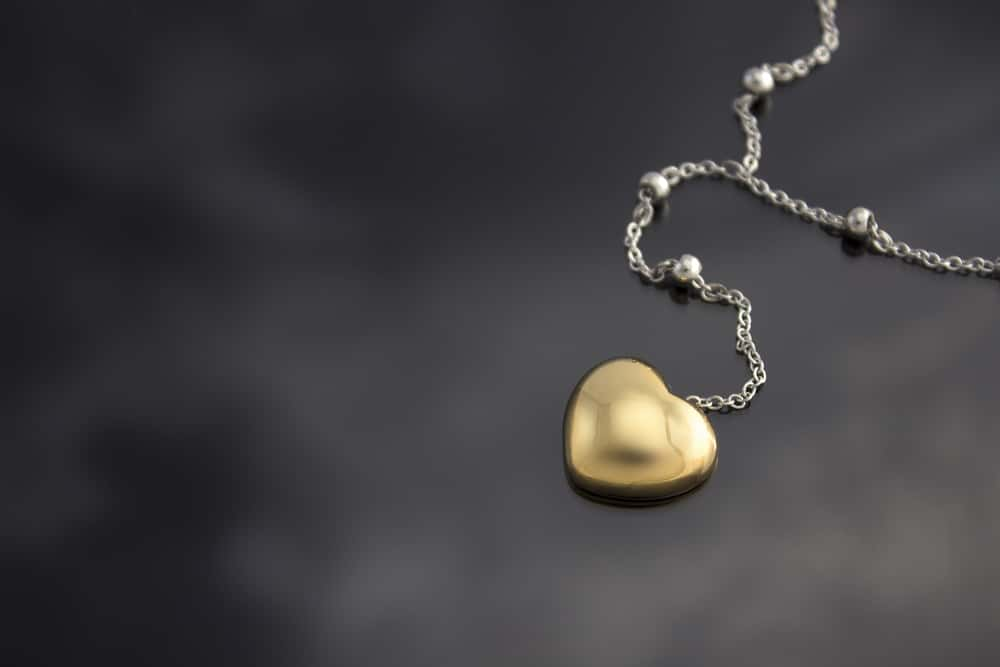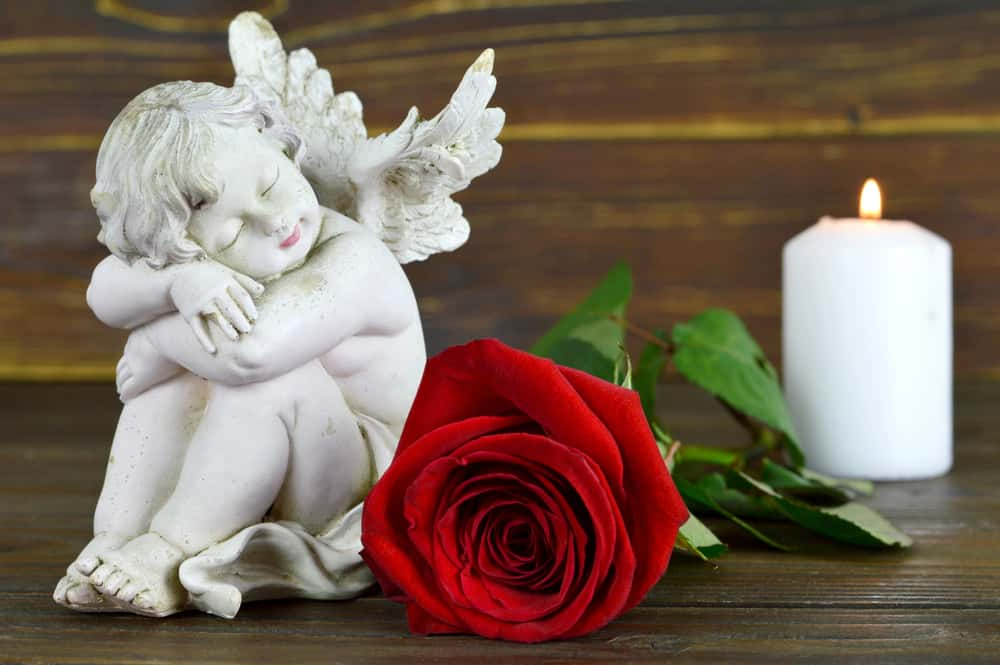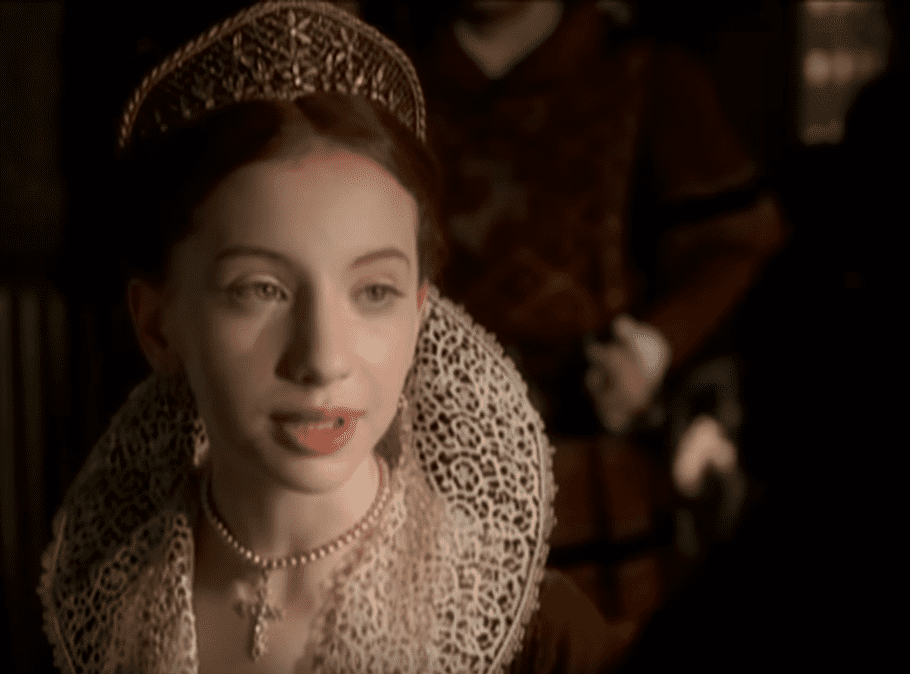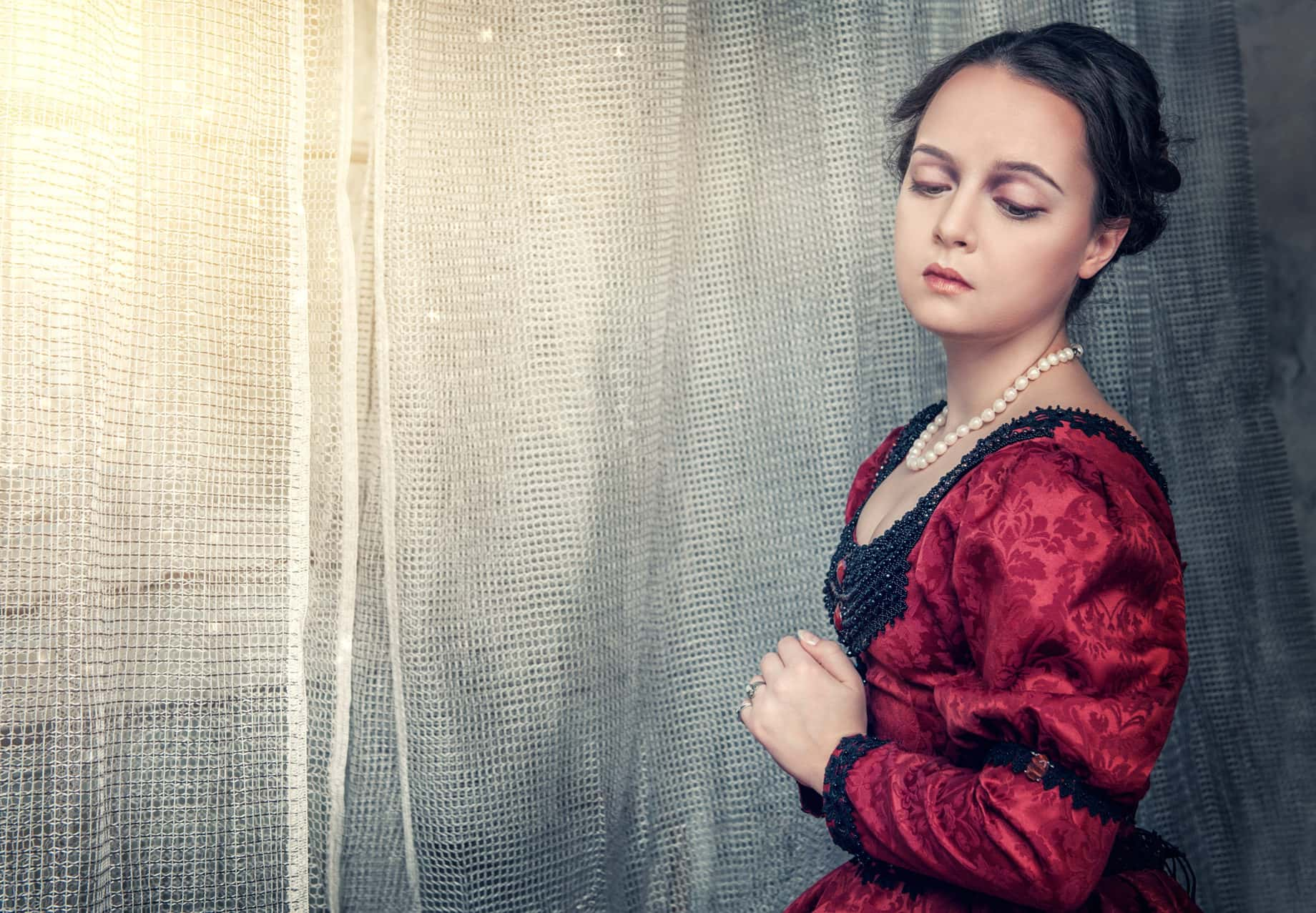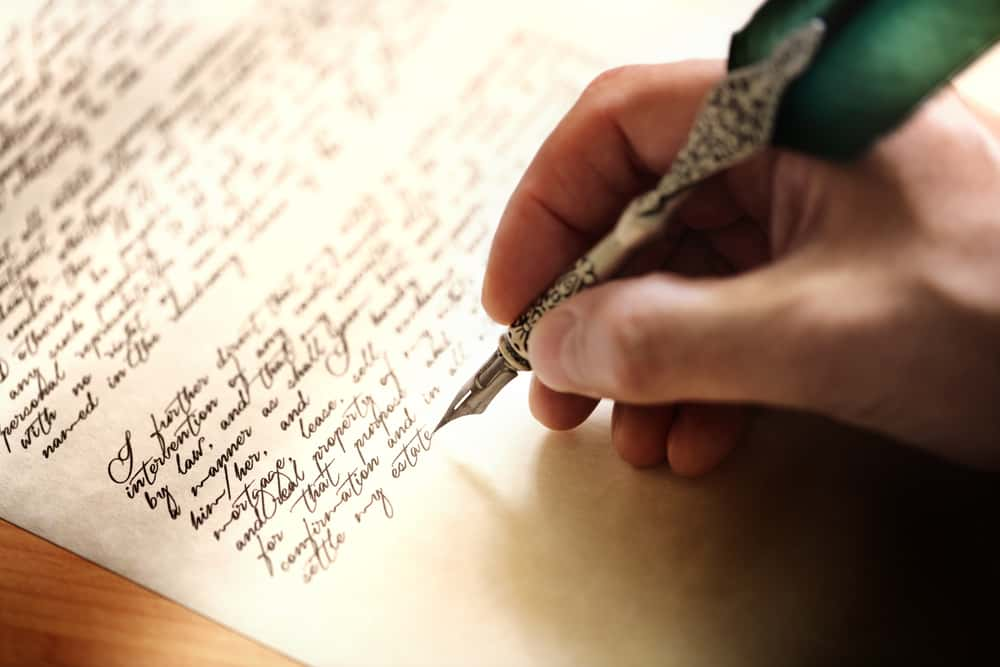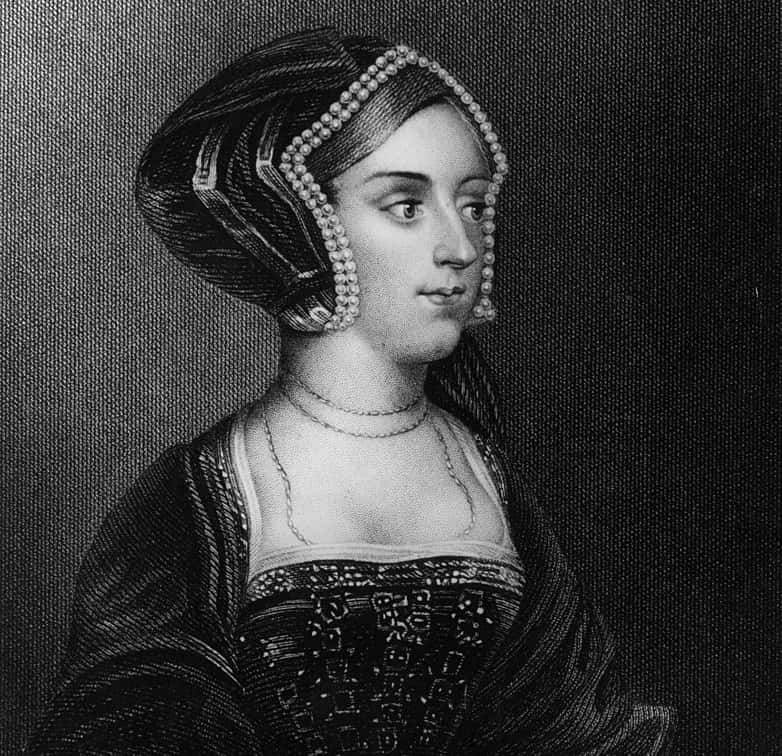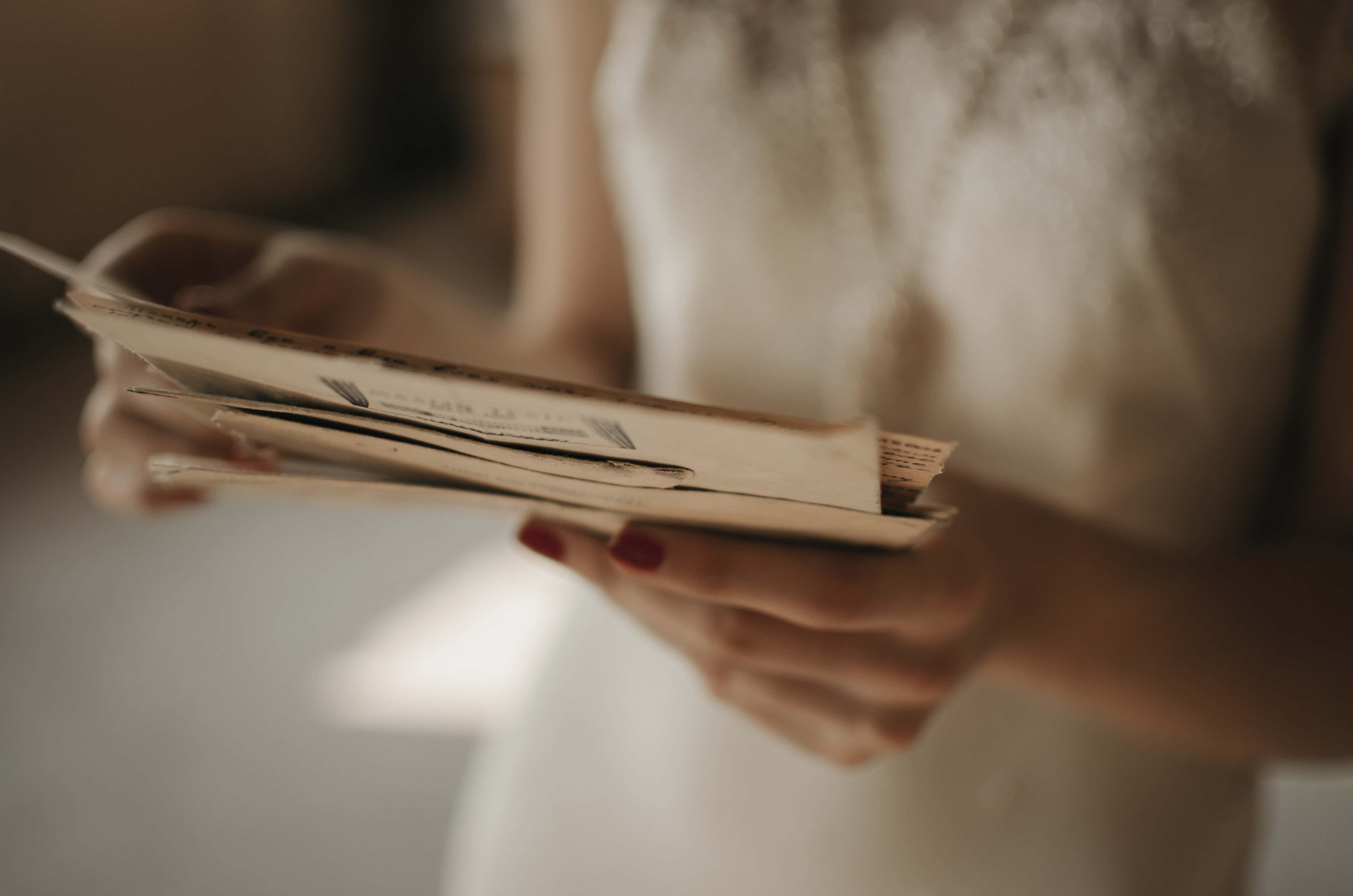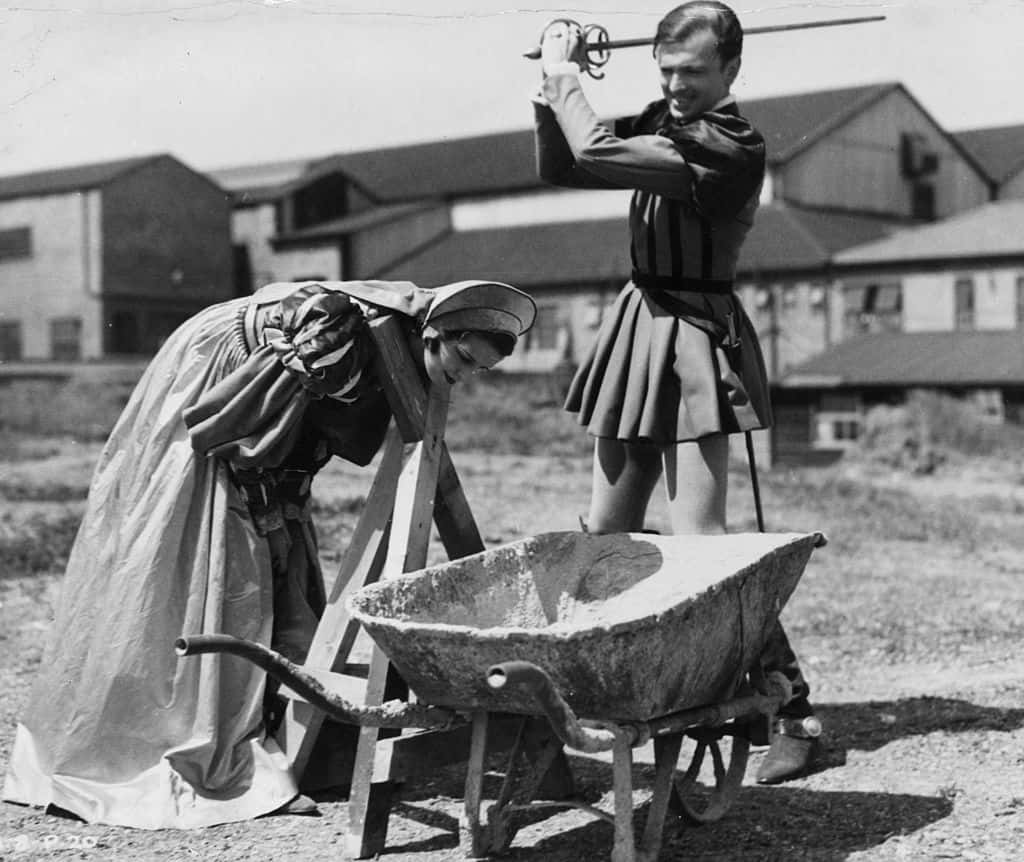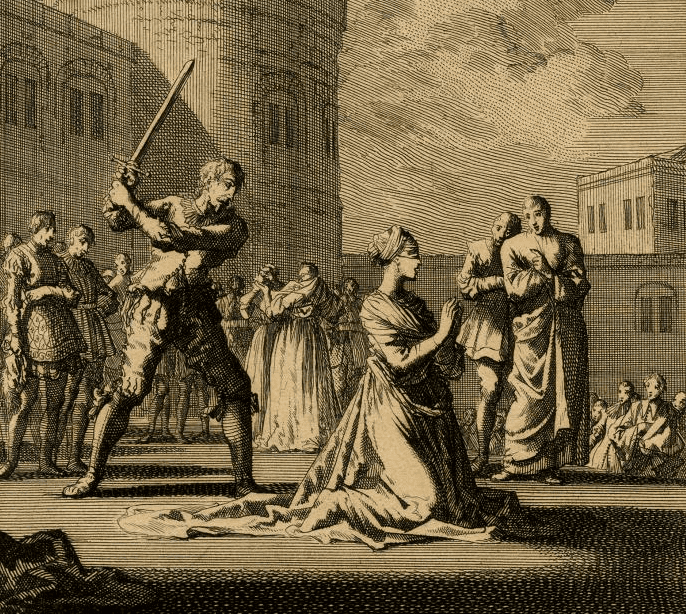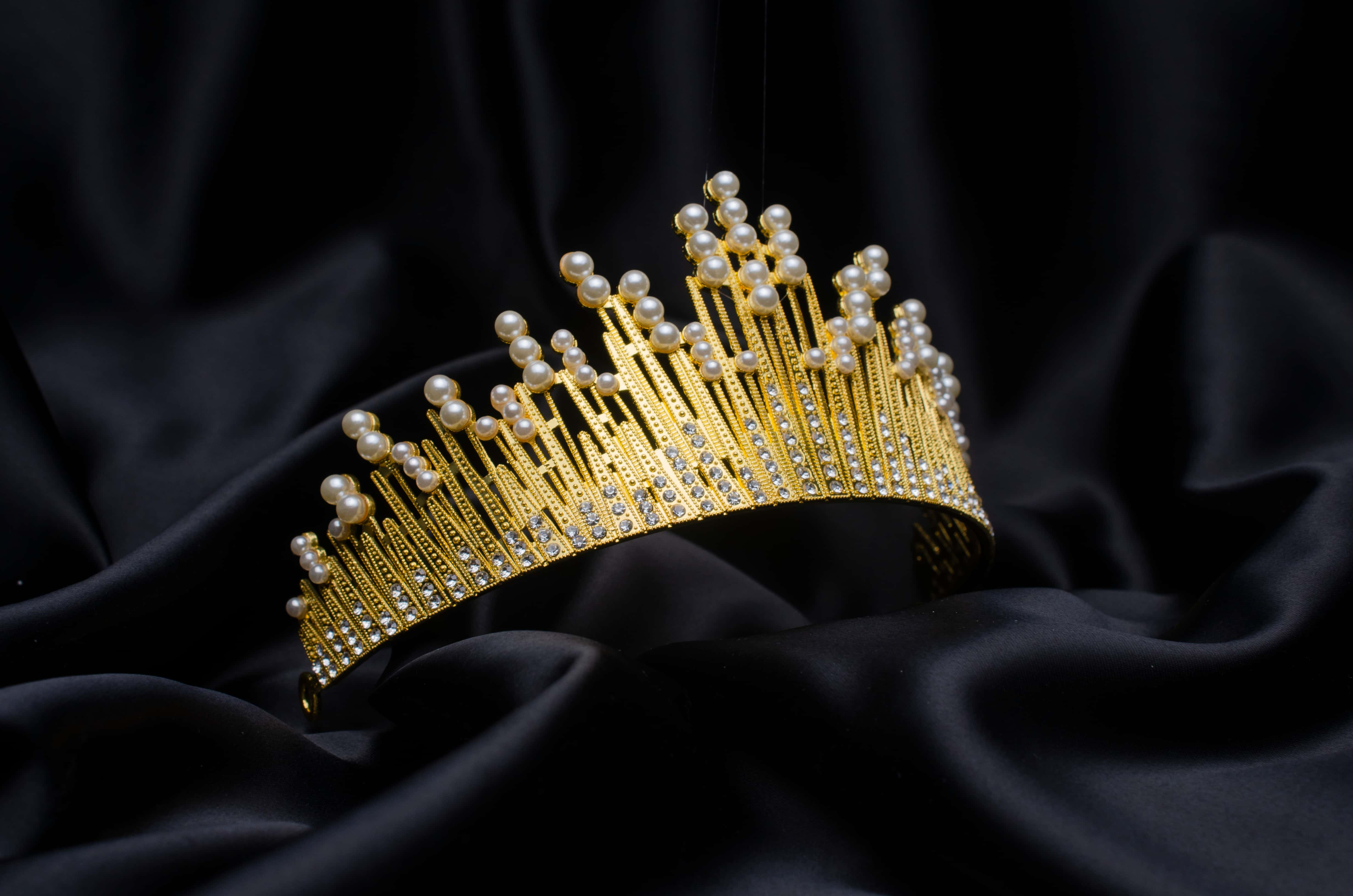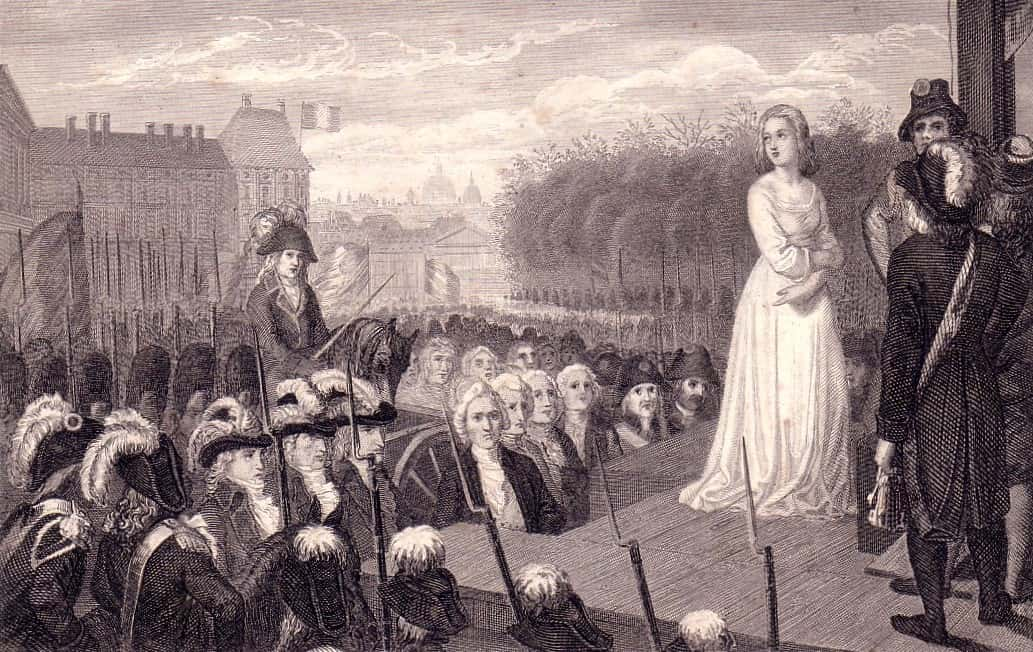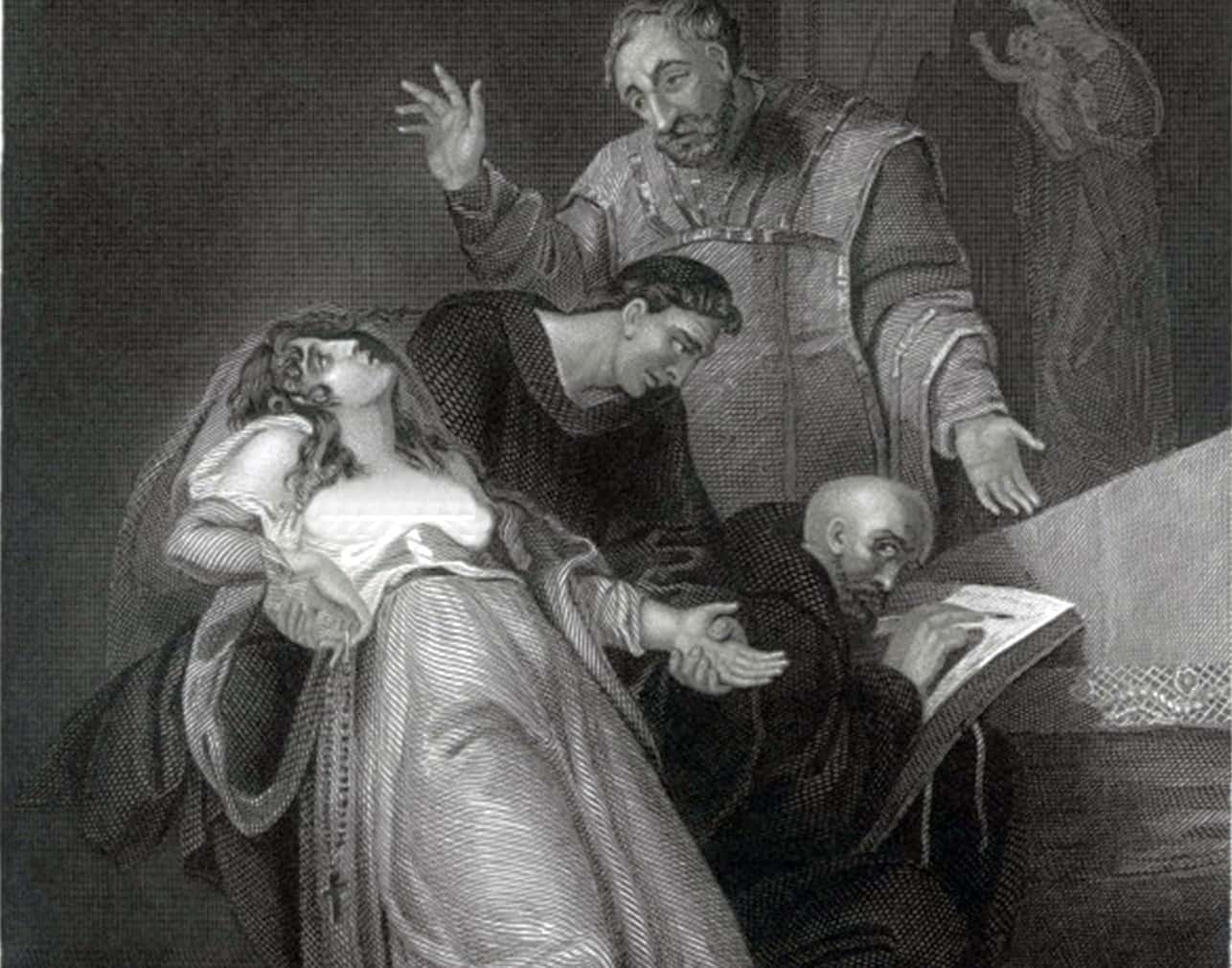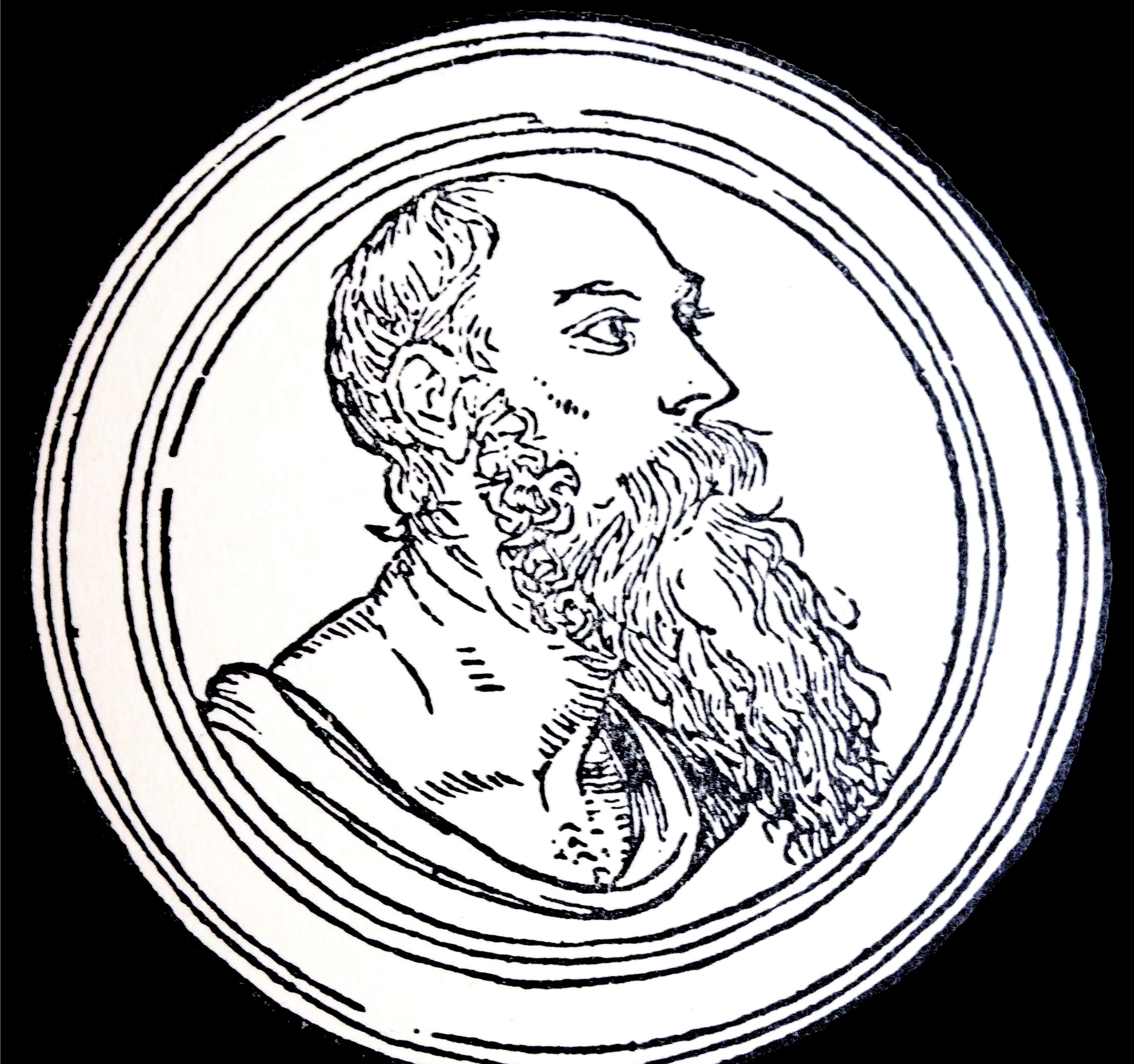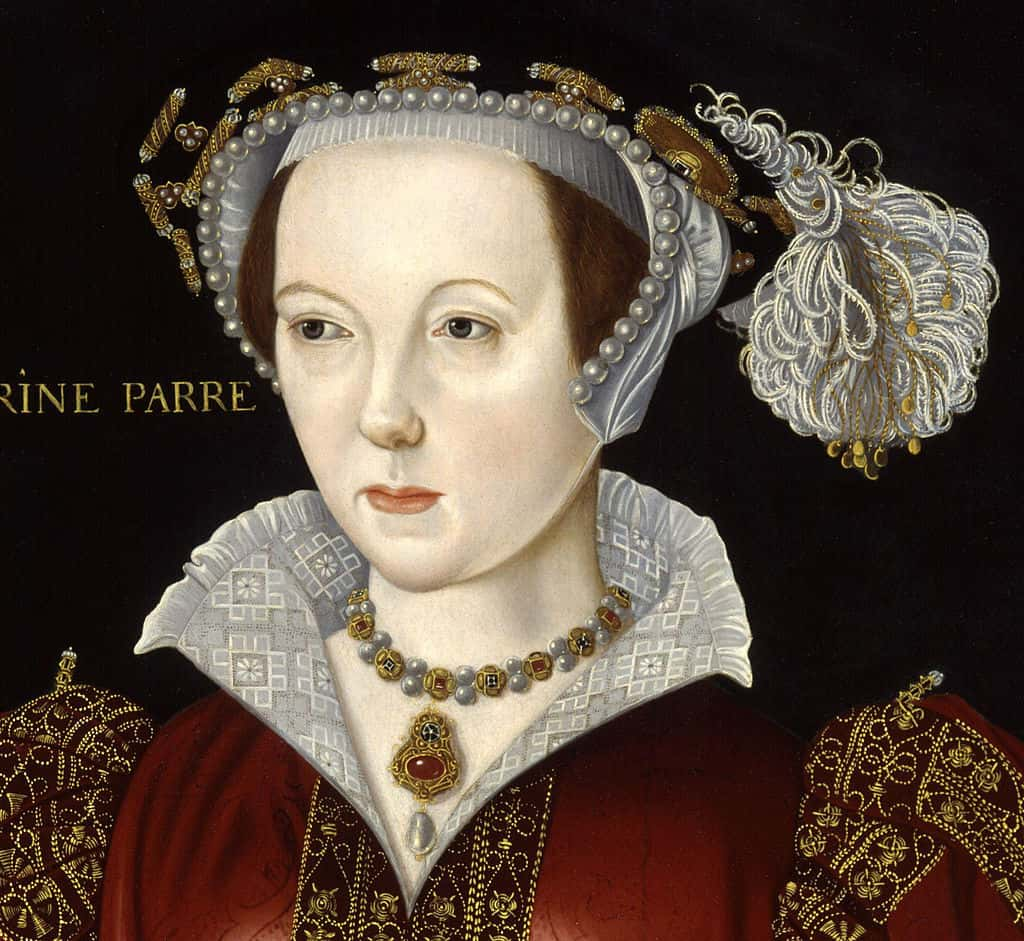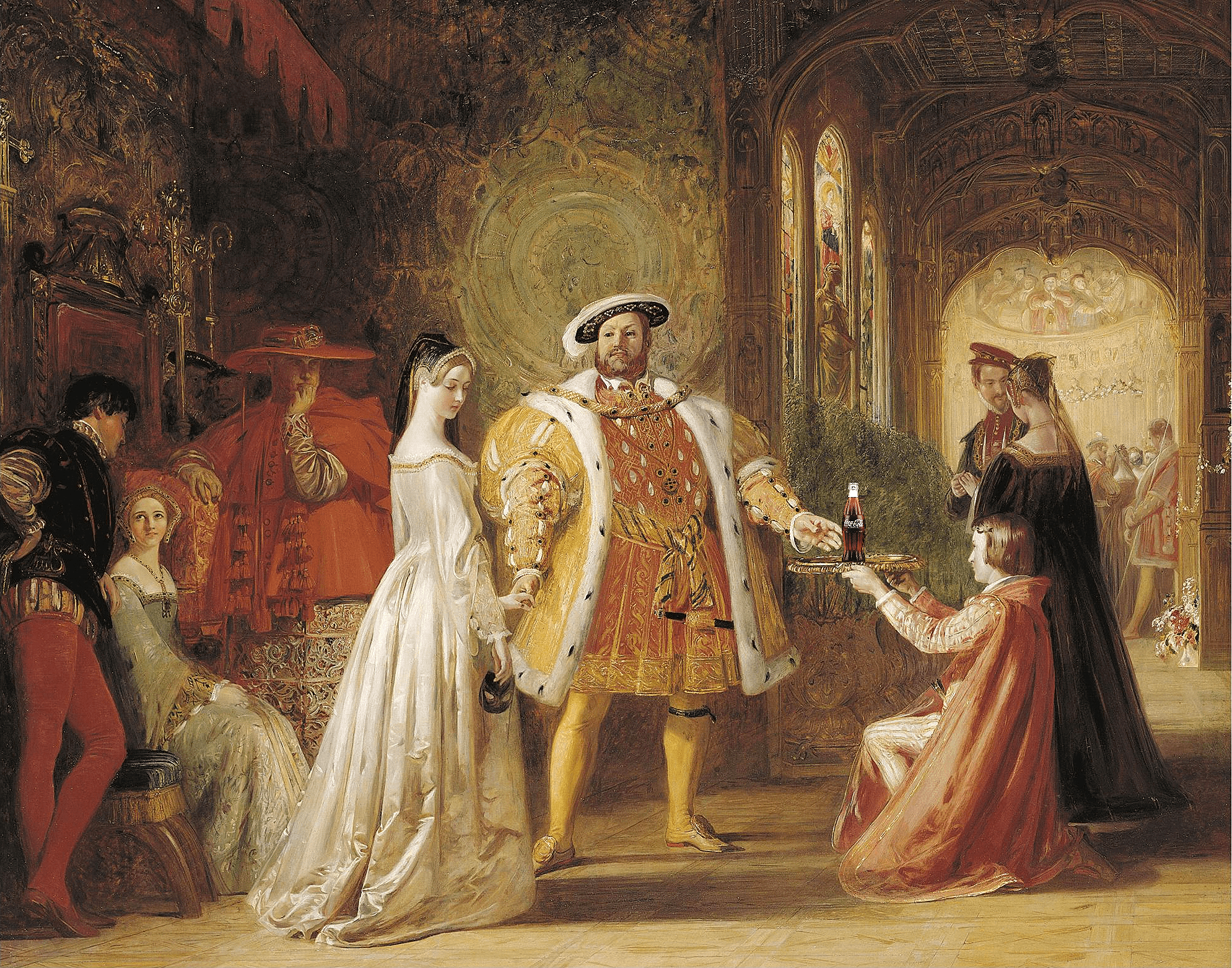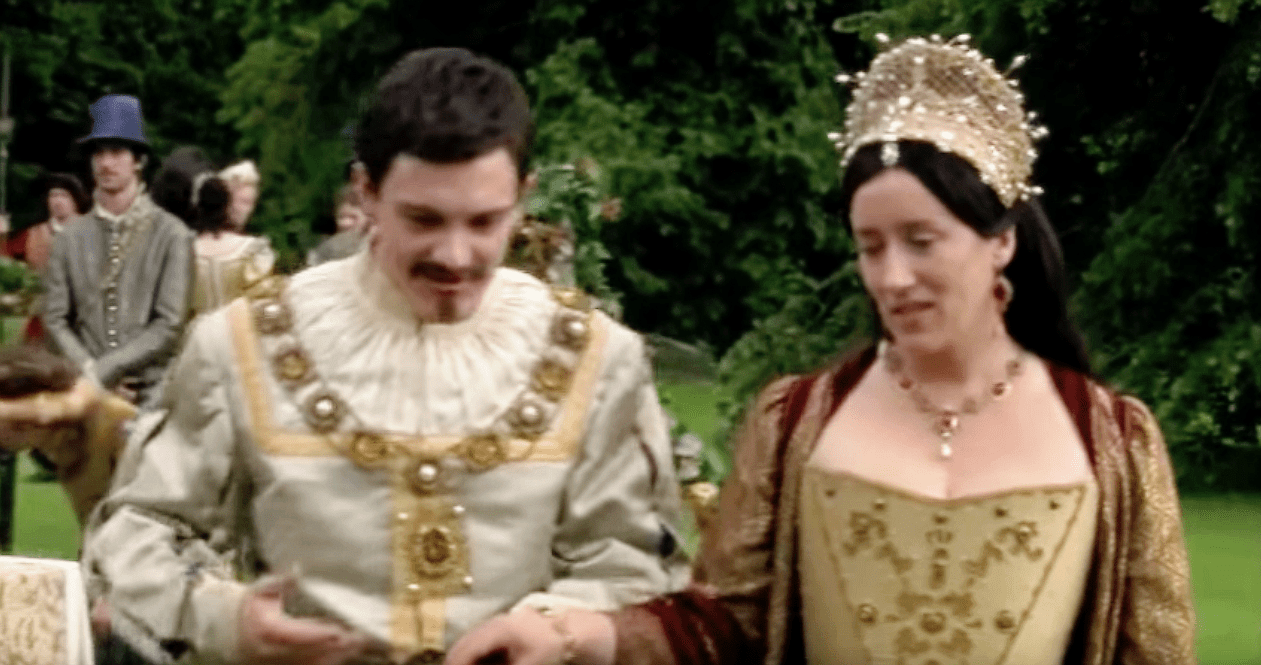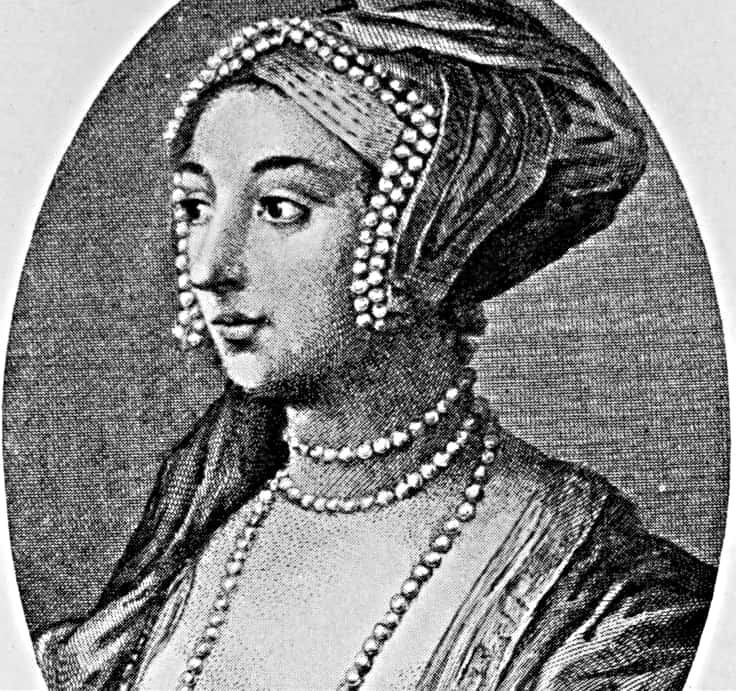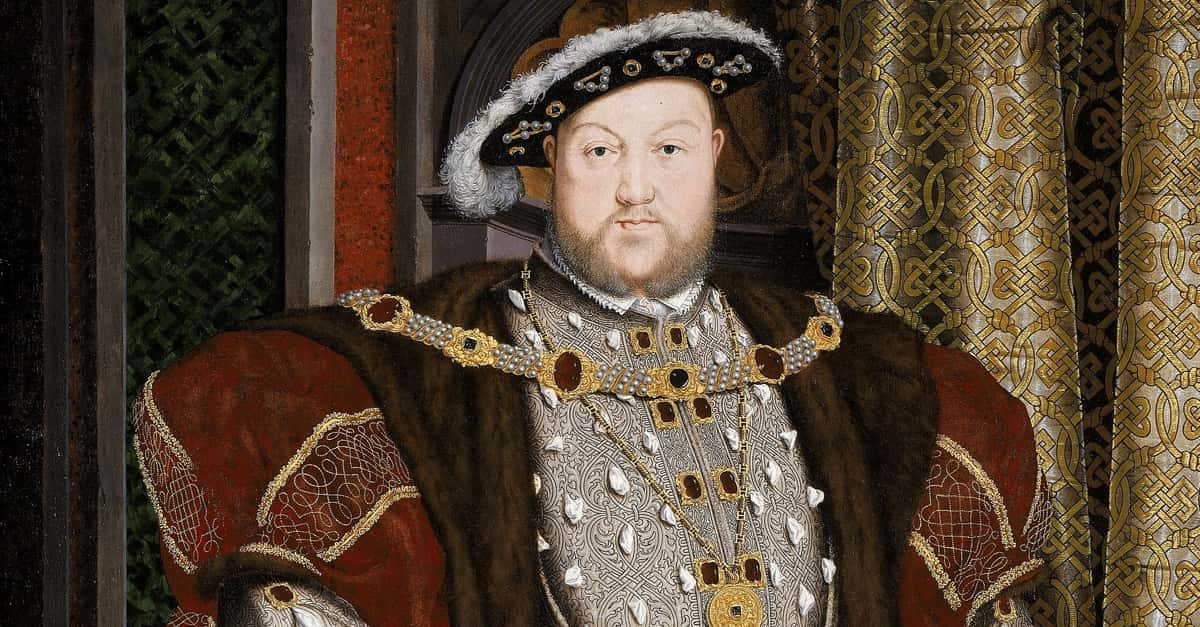"The king has been very good to me. He promoted me from a simple maid to be a marchioness. Then he raised me to be a queen. Now he will raise me to be a martyr."—Anne Boleyn
Anne Boleyn was the second wife of King Henry VIII and Queen of England until 1536, when she was executed on charges of conspiracy against the king, adultery, and even worse accusations. Below are tragic facts about the iconic queen and her violent end.
Anne Boleyn Facts
More Than a Pretty Face
Anne Boleyn was slim and dark, with long black hair and brown eyes. Men thought she was utterly captivating—but not just for her looks alone. Her friends and confidantes knew her as a lively, quick-witted, and charming girl who loved a game of cards and was often the smartest person in the room, even if no one else knew it.
Factinate Video of the Day
What Lies Beneath
For all that she was vivacious and magnetic, Boleyn hid a little-known dark side. Beneath her jovial attitude, she was moody, sharp-tongued, and extremely quick to anger when she didn't get what she wanted exactly when she wanted it. As we'll see, during her marriage to King Henry VIII, this temper got her into deep trouble.
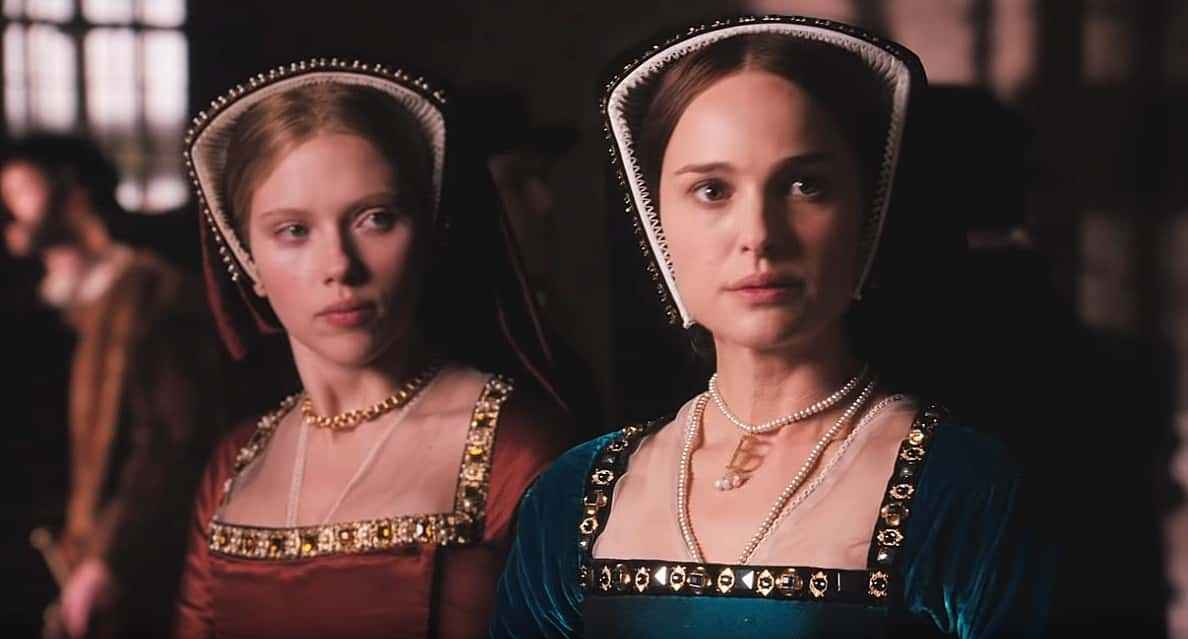 The Other Boleyn Girl, Focus Features
The Other Boleyn Girl, Focus Features
A Nice, Cosy Castle
In many ways, Boleyn's childhood was idyllic. Her father, Thomas Boleyn, was a court favorite of King Henry VII, and the Boleyns were one of Britain's top families at the time. Anne and her siblings experienced all the luxuries of their station, and grew up comfortably in the quaint Hever Castle in Kent. But the rest of Anne's life was no fairy tale.
Can't Please Everyone
Not everyone agreed that Anne Boleyn was a hottie. Though many people praised her beauty, others were, uh, less complimentary: Italian diarist Marino Sanuto glimpsed Boleyn once and found himself thoroughly unimpressed. She was "not one of the handsomest women in the world," he said, sniping at her short height and "swarthy complexion."
Fit for a Princess
Even as a young girl, Anne made a bewitching impression. While travelling in the Netherlands with her father, she caught the eye of the powerful Princess Margaret of Austria. The ruler was so impressed with her "little Boleyn" that she made her a ward of her own personal household, and started teaching Anne courtly manners. But Anne would only go up from there.
That Je Ne Sais Quois
In 1514, when she was barely a teen or younger, Anne became the maid to the new French Queen Mary, and then to Mary's stepdaughter Claude. Boleyn stayed in France for nearly seven years, soaking in its cosmopolitan, liberal, and even scandalous culture. When she emerged and returned to England, the courtiers couldn't believe their eyes.
French Connection
When she came back to England, people went particularly wild for Boleyn's exotic, "French" way of moving and dressing. Her continental style even inspired fashions at court. One of her biggest introductions was the sleeker "French hood" as a head covering instead of the more matronly and boxy English "gable" hoods.
Cut a Rug
It wasn't just Anne's fashion sense that attracted both men and women. She was famous for her dancing, and no courtier seemed to be able to look away, especially when she was in one of her extravagant (and usually brand spanking new) get-ups. "Here," one of her admirers wrote jubilantly, "was [a] fresh young damsel, that could trip and go."
Kissing Cousins
Just as Boleyn poised herself to seduce Henry, she hit a snag that could have changed history forever. To settle a family dispute, her father Thomas Boleyn planned to marry Anne off to her much older cousin, James Butler, in a strictly marriage-for-money situation. Thankfully for Anne, negotiations halted...and a much more scandalous opportunity arose.

History's most fascinating stories and darkest secrets, delivered to your inbox daily.
He's Got a Type
King Henry VIII’s initial interest in Anne was controversial, and not just because he was already married to Catherine of Aragon. You see, not only had Henry never been faithful, he had always had a thing for Boleyn girls. By the time Anne arrived on the scene, Henry was already having an affair with her older sister, Mary Boleyn—but it gets even worse.
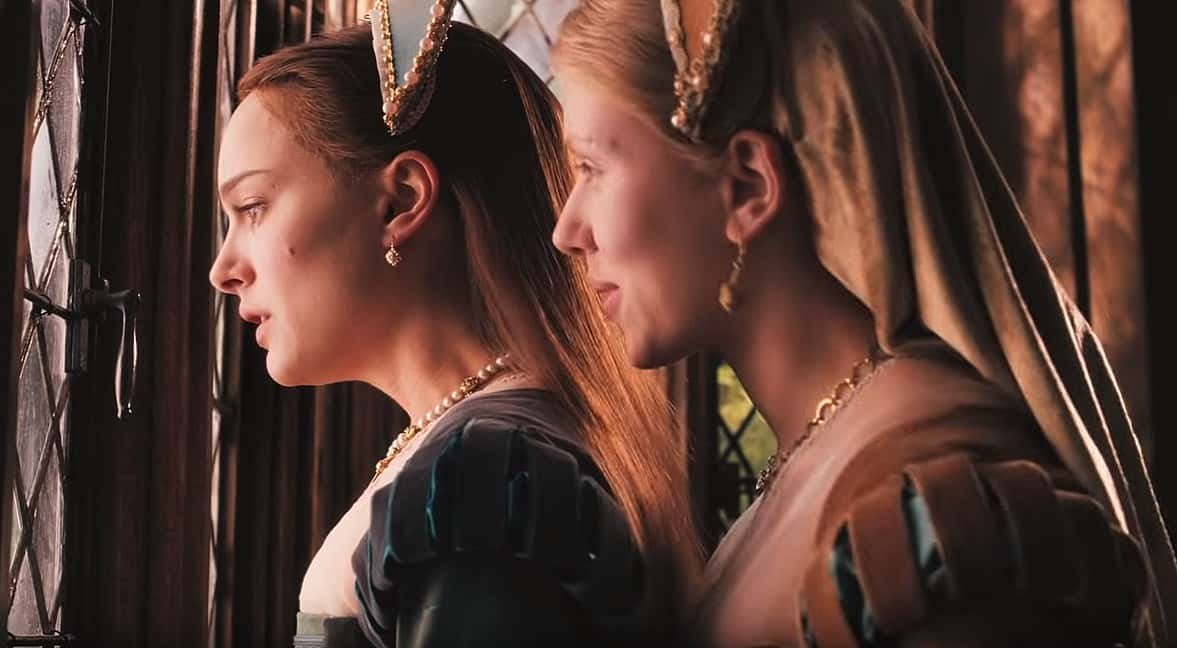 The Other Boleyn Girl, Focus Features
The Other Boleyn Girl, Focus Features
Mother Knows Best
There were persistent rumors from the time that King Henry VIII had bedded not just Anne and Mary, but also their mother, Lady Elizabeth Howard. When accused of this one, Henry protested, "Never with the mother," which still pretty much confirms he slept with both sisters. But come on guys, the man had standards.
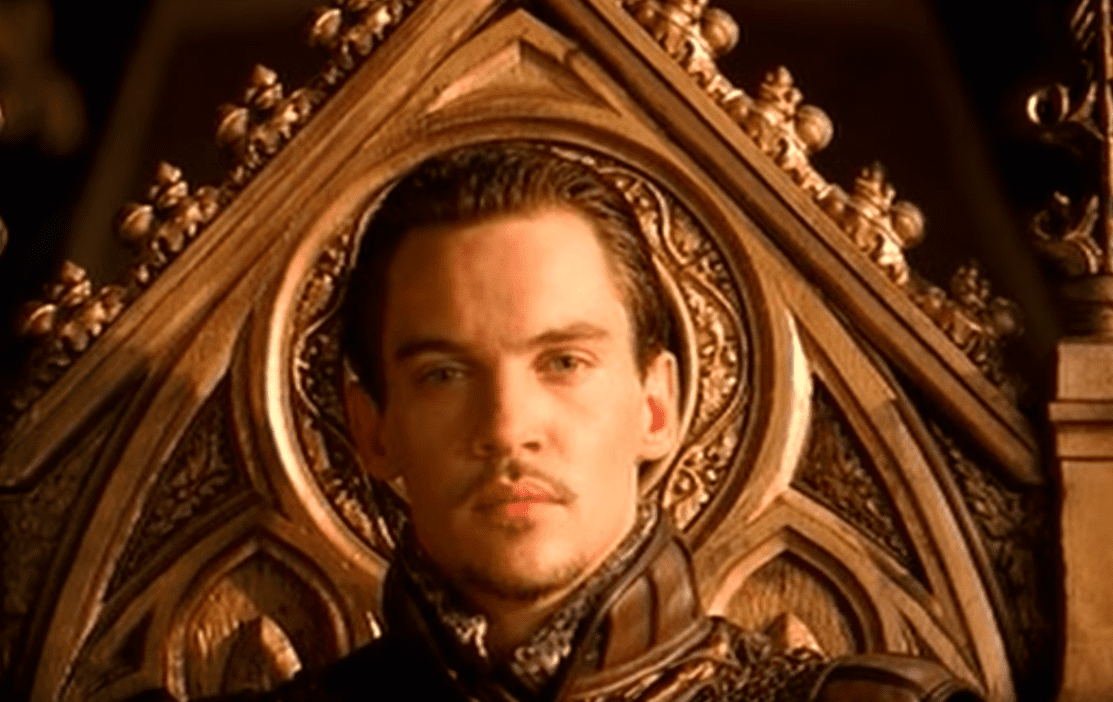 The Tudors (2007–2010), Showtime Networks
The Tudors (2007–2010), Showtime Networks
Moving on up
After narrowly escaping the doldrums of matrimony with James Butler, Anne found a place for herself firmly within the English court—serving no less than King Henry VIII's first queen, Catherine of Aragon. I mean, it's not exactly ethical, but what better way to get close to the King of England than to go through his royal wife?
The New Girl
Anne used her sister Mary's high place in court—and the king's bedroom—to her full advantage. She made a stunning debut at the palace on March 4, 1522, dancing with her sister. During the performance, Boleyn vibrated with magnetic new-girl energy, and we still have records of how resplendent she looked a white and gold gown. Sadly, though, this attracted the wrong kind of attention.
A Secret Engagement
Unsurprisingly, the beautiful Anne got a lot of male admirers after her legendary dance, particularly from a dashing man named Henry Percy, heir to the Earl of Northumberland. The young girl quickly fell head over heels for him, and they were secretly betrothed. Tragically, it was doomed to a heartbreaking end.
 The Other Boleyn Girl, Focus Features
The Other Boleyn Girl, Focus Features
Star-Crossed Lovers
Percy's father absolutely refused to support the match, and the young couple also failed to get any backing from Cardinal Wolsey, who was an important figure at court. Oh, and there was the little fact that Percy was engaged to another woman. In other words: They were royally screwed—yet there might have been an even darker reason for the split.
Back off, Bud
Some historians suggest that even this early on, King Henry VIII had his eye on the other Boleyn girl. Jealous of the attention she was getting from Henry Percy, he may have put the kibosh on their relationship, ordering Cardinal Wolsey to forbid their marriage and sever their engagement on pain of royal punishment.
 The Tudors (2007–2010), Showtime Networks
The Tudors (2007–2010), Showtime Networks
Let's Play a Game
With his rival out of the way, Henry began pursuing Boleyn in earnest in 1526. During this era in England, thirsty couples often participated in games of courtly love: playing hard to get, exchanging looks and coded letters, and sizing up potential love interests. Anne was an expert player of the game, which may have been why Henry was drawn to her.
Rubies Are a Girl's Best Friend
When Henry wrote love letters to Anne, he included lavish presents to remind her of his affections. His very first letter included an elegant gold bracelet that was set with his own portrait, and he often sent over precious gemstones like pearls and rubies—as long as he could stash them away from his wife Catherine, of course.
 The Tudors (2007–2010), Showtime Networks
The Tudors (2007–2010), Showtime Networks
Hard to Get
Boleyn wasn't immediately taken with Henry, King of England or not. When he first started wooing her, she refused his advances. When he promised he'd promote her from a regular side piece to his chief mistress instead, she still turned him down. Some say Boleyn was heartbroken over Percy, but others say she had a much loftier title than "mistress" in mind...
An Indecent Proposal
After nearly a year of trying to seduce Anne to become his mistress, Henry finally gave up and asked her to be his bride. There was just one big problem. Yeah, his wife. Henry was (obviously) very unhappy in the royal union, especially about the fact that he still had no male heirs after decades of marriage. Did that stop him? Well...
Piece of Cake
When Henry proposed, both Boleyn and the king assumed that his marriage could be easily annulled. After all, Catherine had been briefly married to Henry's brother way back when, and Henry was sure this was grounds for an annulment. Anne, finally won over with dreams of the crown jewels, said yes. This did not end well.
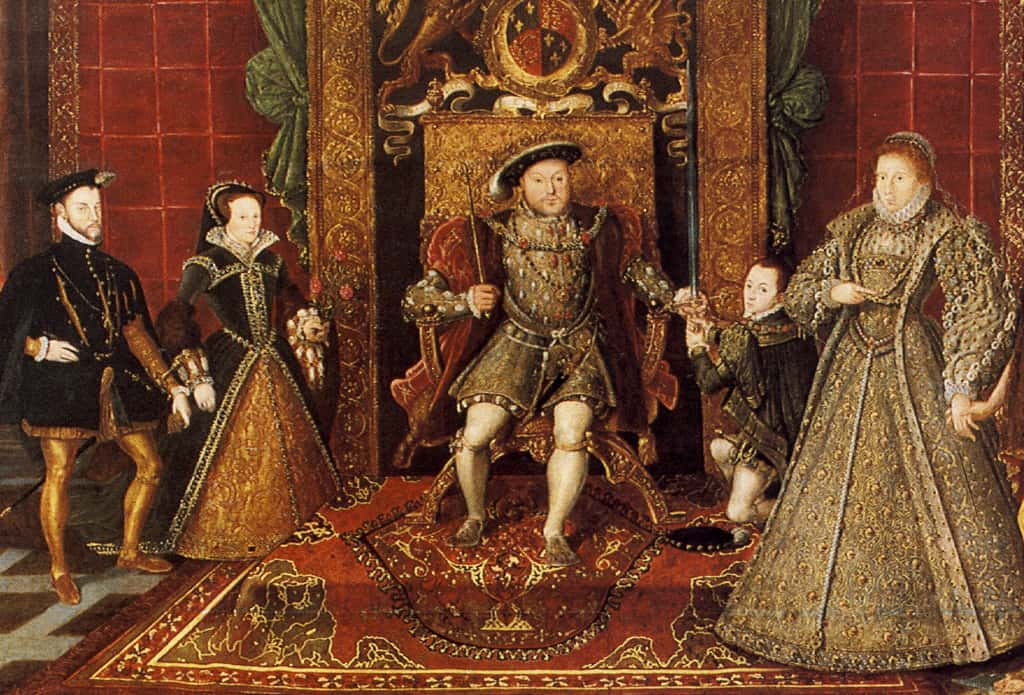 Wikipedia
Wikipedia
The King's Great Matter
Of course, we all know now that the annulment was not so easy to get. In fact, "The King's Great Matter" downright caused one of the most infamous periods of British history. In order to finally split from Catherine, the lovesick Henry also had to split from the Catholic Church, install himself as head of the Protestant religion, and marry Anne on his own terms.
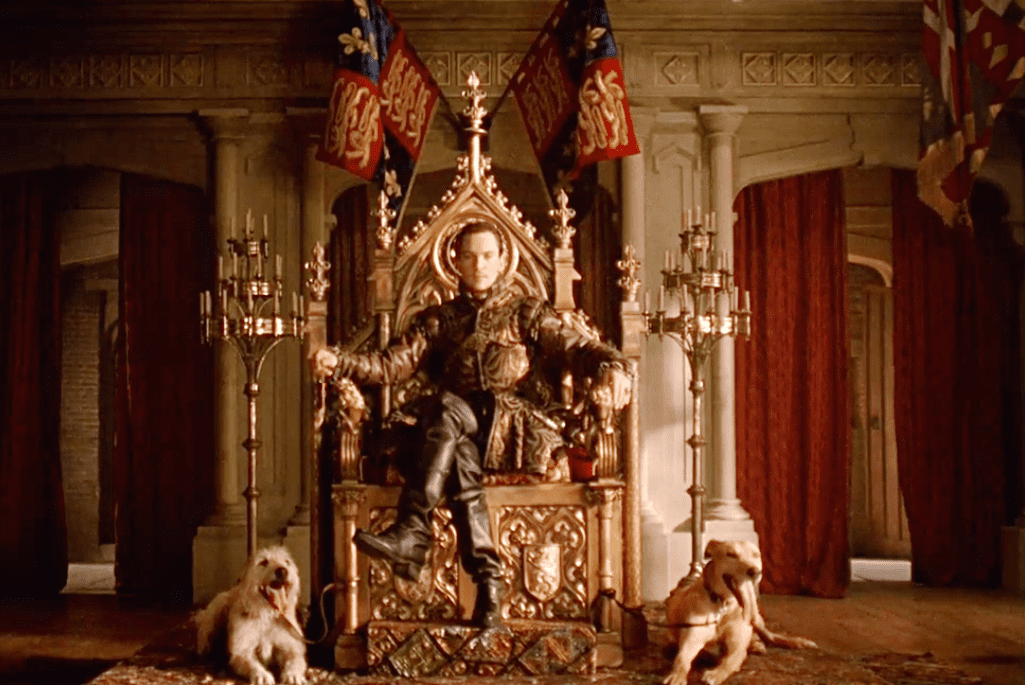 The Tudors (2007–2010), Showtime Networks
The Tudors (2007–2010), Showtime Networks
The Seven-Year Itch
It was seven long years before Henry could crown Anne as his queen, and he suffered for this in the bedroom. That's because throughout this entire time—with one big exception we'll get to later—Anne still stubbornly refused to visit his bed. Yep, if you look at it one way, Henry VIII kickstarted the English Reformation...for the nookie. And that went about as well as you'd imagine.
One Tough Cookie
Anne Boleyn had a rather twisted and droll sense of humor, and in reaction to the many vehement protests against King Henry VIII choosing her as his queen, she temporarily took the phrase “Ainsi sera, groigne qui groigne," as her motto, which translates into "Grumble all you like, this is how it’s going to be."
Many biographers interpreted this as a little arrogant, but it may have just been her idea of a joke.
Love Sick
In 1528, Henry VIII nearly lost everything he loved in one fell swoop. That year, Anne nearly perished of the mysterious sweating sickness. The ailment was notable because of how rapidly it could destroy an otherwise young and healthy victim—and when Henry suspected Boleyn had it, his response was utterly heartless.
Get Away From Me
Henry VIII was an infamous germaphobe, and he was particularly terrified of the sweating sickness. So when one of Anne's ladies contracted it and passed it on to Anne, the king didn't want to nurse his lover back to health—he wanted her as far away from him as possible. Henry immediately sent her back home to Kent to recover.
All that was left to do was pray she survived. When she did, he was all the more determined to make her his queen.
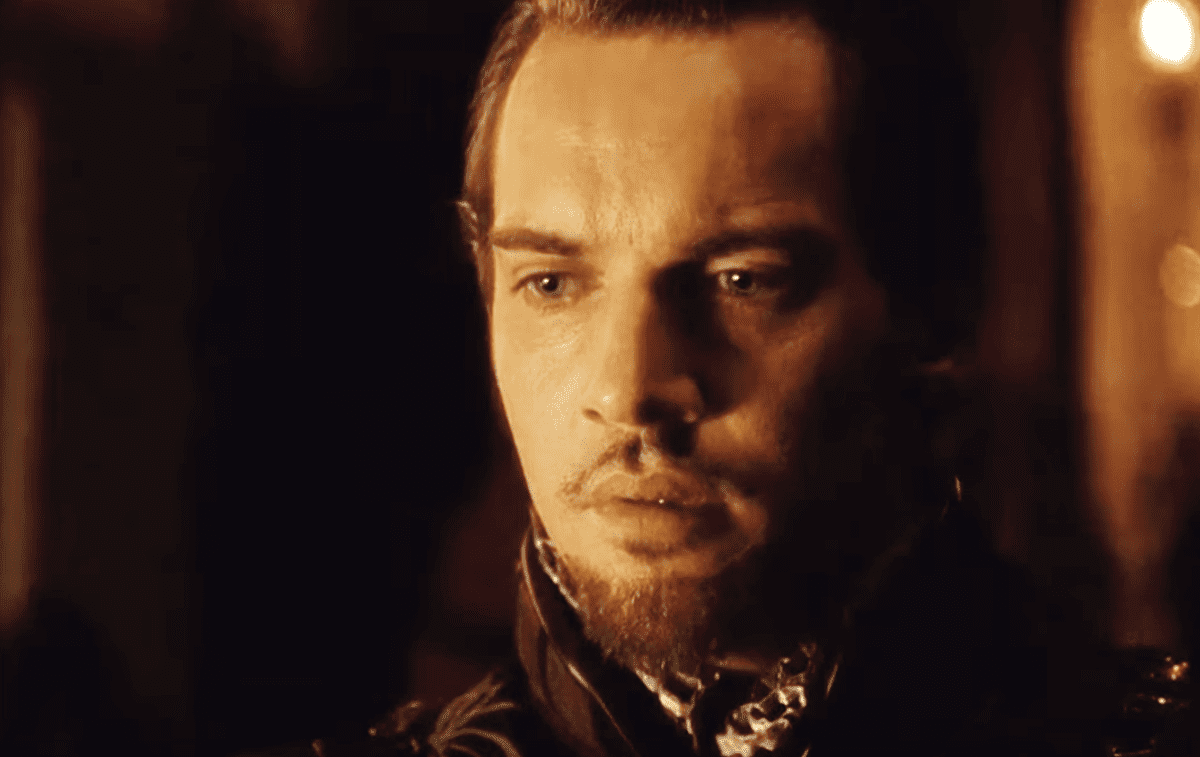 The Tudors (2007–2010), Showtime Networks
The Tudors (2007–2010), Showtime Networks
Burn Her!
Public opinion was not on Anne and Henry's side, and Boleyn was definitely not the "People’s Princess." The common crowds absolutely adored Queen Catherine and blamed Boleyn for splitting apart the marriage, referring to her cruelly as the "King's Whore" and accusing her of beguiling him with dark witchcraft. This climaxed in a terrifying event.
Take Me to the River
One evening while dining at an estate on the Thames river, a mob of angry women attacked Boleyn, convinced she was bringing their king and country to ruin. Anne had to make a narrow escape on a boat to save herself from their wrath...but this same suspicion and anger would come back to haunt Boleyn's tragic end.
Behind Every Great Man...
During her time waiting in the wings to become queen, Anne didn't sit around idly. She started taking control of matters of state, and became one of Henry VIII's most trusted and influential advisors. King Henry even named her the "Marquess of Pembroke," a title that placed her above all other men and women at court. Just where she liked it.
That's "Queen Anne" to You
In 1533, it finally happened: After many machinations and even more years, Anne Boleyn became Queen Consort of England, ruling beside Henry like she always wanted. But the new king and queen were lying to everyone: The power couple had already married each other in two very private and confidential ceremonies. Well, there goes the country.
No Queen of Mine
Unsurprisingly, Catherine of Aragon was absolutely livid that her upstart lady-in-waiting had turned into a queen, and even though Henry promised her gifts and better quarters if she'd only recognize Anne as monarch, Catherine staunchly refused. Petty to the end, King Henry got a bitter revenge. He kicked Catherine out of her rooms...and installed Anne in the exact same ones instead.
My Big Day
No one was was extra like Anne Boleyn was extra, and she made darn sure her coronation day outdid Catherine's. Starting on June 1, 1533, the event lasted four glorious days, with Anne wearing a series of covetable outfits the entire time, natch. On the last day, Anne one-upped herself and wore an unforgettable gown dyed royal purple and topped with ermine.
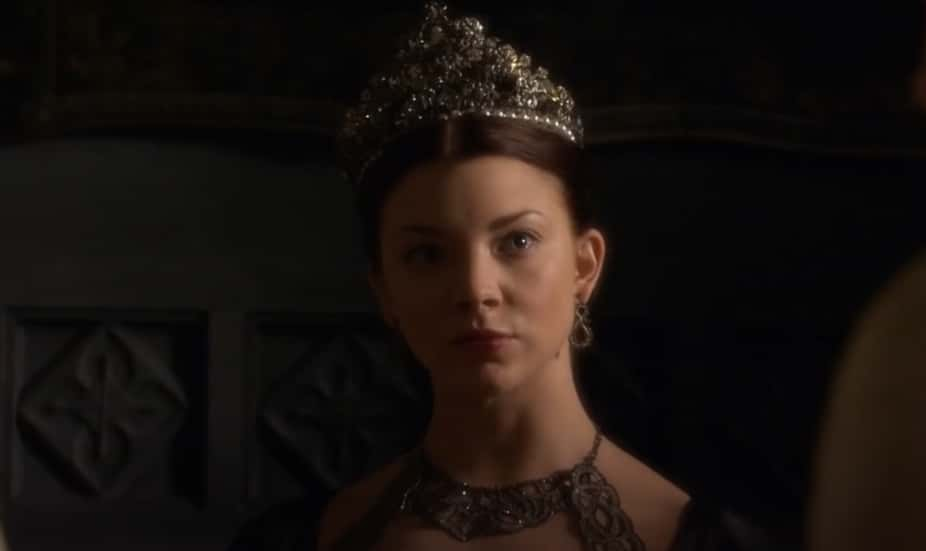 The Tudors (2007–2010), Showtime Networks
The Tudors (2007–2010), Showtime Networks
Baby Blues
After her coronation, a now-pregnant Anne settled into royal life and prepared to give King Henry his long-desired son. All signs pointed to a boy. Almost all the king's astrologers said the stars mapped out a male heir, and Anne and Henry were also confident they were about to welcome a son. It was not. Anne gave birth to a little girl, sending the court into a tailspin.
The Virgin Queen
Henry may have been disappointed that he had yet another daughter on his hands, but history sure wasn't. Anne Boleyn's first and only child would grow up to be the famous Queen Elizabeth I.
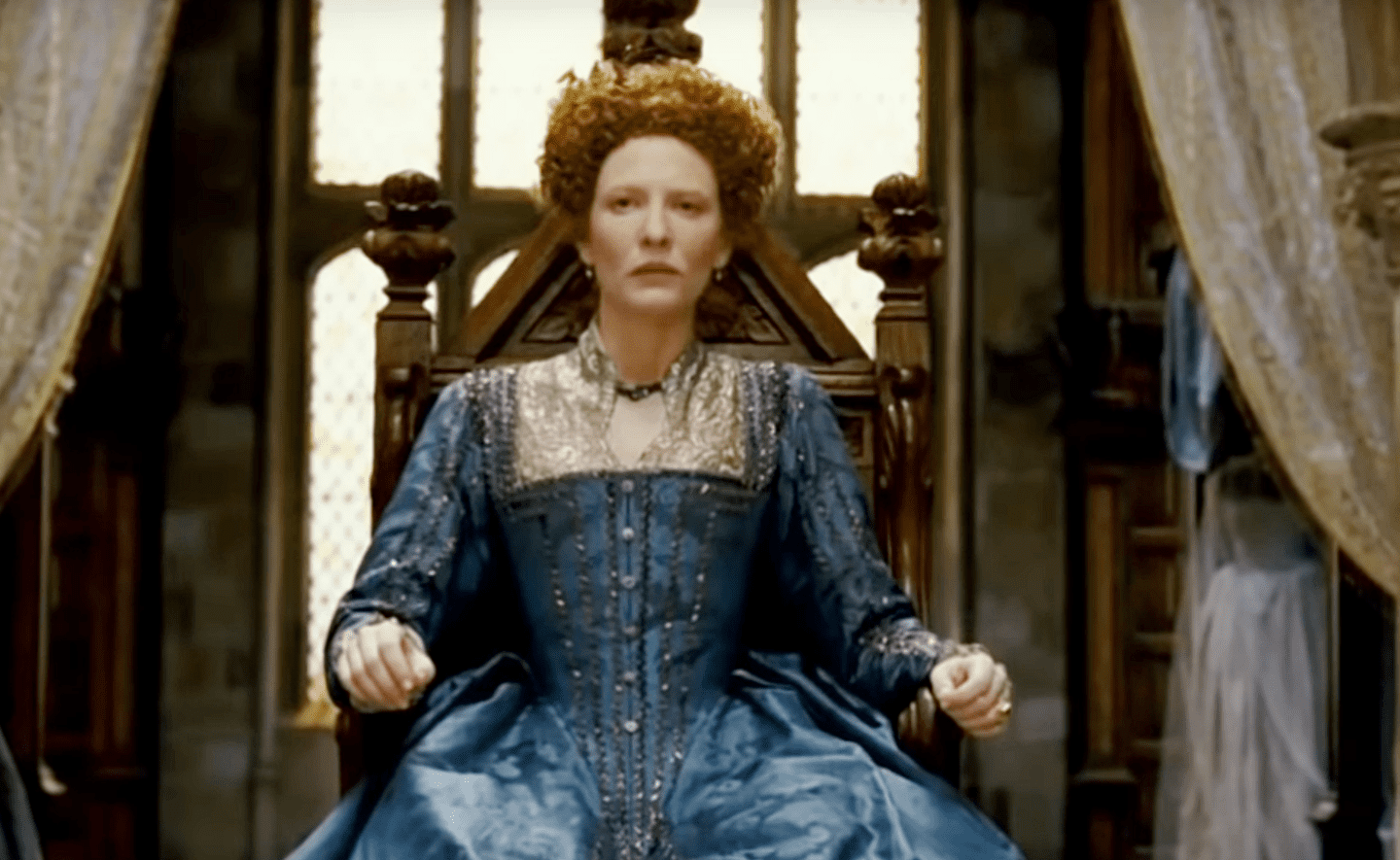 Elizabeth: The Golden Age, Universal Pictures
Elizabeth: The Golden Age, Universal Pictures
Hold Your Tongue
As Queen, Boleyn's temper became legendary. One time, she was so disgusted and angry with her uncle that she yelled at him with words that "shouldn't be used to a dog," according to one observer. Henry was no fan either: He began to resent her sharp intelligence and her even sharper tongue, demanding that she submit to him as his wife, not as his equal.
Contrary Anne
King Henry VIII and Boleyn's relationship was extremely volatile, and some characterized it as “storm followed sunshine, sunshine followed storm.” So every time they made up in passionate apologies, another downturn was just around the corner. The cracks were starting to show, and it's no surprise the whole thing exploded.
Citizen Jane
King Henry always had a wandering eye, and when his marriage with Anne started fraying, he turned his attentions to the pretty, sweet, and comparatively submissive Jane Seymour, who would eventually become his third wife. Just like with Anne's sister Mary, Henry liked keeping it in the family: Seymour was also Boleyn's second cousin.
Try, Try Again
By 1536, Boleyn was on thin ice with Henry. She had suffered a miscarriage (or possibly two) after Elizabeth, but was pregnant again and hoping to give her king a son at last.
Hands off My Husband
Despite their family ties, Anne Boleyn and Jane Seymour weren’t exactly close. The pregnant Anne knew that a relationship was growing between Henry and Jane under her nose, and one day she walked into a room only to find the treasonous Jane sitting prettily on her husband's lap. Anne's response went down in infamy.
Pitching a Fit
Giving into her notorious temper, Anne reportedly flew into a very public rage at the sight of Jane Seymour lounging atop King Henry VIII. After all, Boleyn of all people knew that being married to Henry didn't mean she would be married to him forever. Sadly, this outburst would have dire consequences for the pregnant queen.
An Open and Shut Case
In another incident, Boleyn discovered that Henry had given Jane his picture to wear in a locket around her neck, just like the bracelet he had once gifted her. Even worse, Jane began brazenly opening and shutting the locket right in front of Anne. Once she realized what was going on, Boleyn furiously tore the chain so violently that she cut her fingers open.
Goodnight, Goodnight
Amidst all this drama and stress, Boleyn tragically lost her baby. But that's not even the worst part. When the attendants looked at the infant, they saw it was a boy. Even though Henry helped cause the drama, he now blamed Boleyn entirely for the miscarriages. Many historians agree that this was the beginning of the end for Queen Anne Boleyn.
Bloody Mary: The Early Years
Anne had one particular enemy who was just waiting for her to fail: Her step-daughter Mary, the future Queen "Bloody" Mary of England. As the daughter of the discarded Catherine of Aragon, Mary took Anne's royal status very personally, and would often publicly snub Boleyn. She was likely overjoyed at the change in Anne's fate.
Too Bad, So Sad
When Anne miscarried the baby, everyone else at court seemed to sense that her end was near, too. After the imperial ambassador Eustace Chapuys heard of the news, he apparently intoned: "She has miscarried of her savior." Harsh words for a tragic time, but the ambassador's prediction ended up coming eerily true.
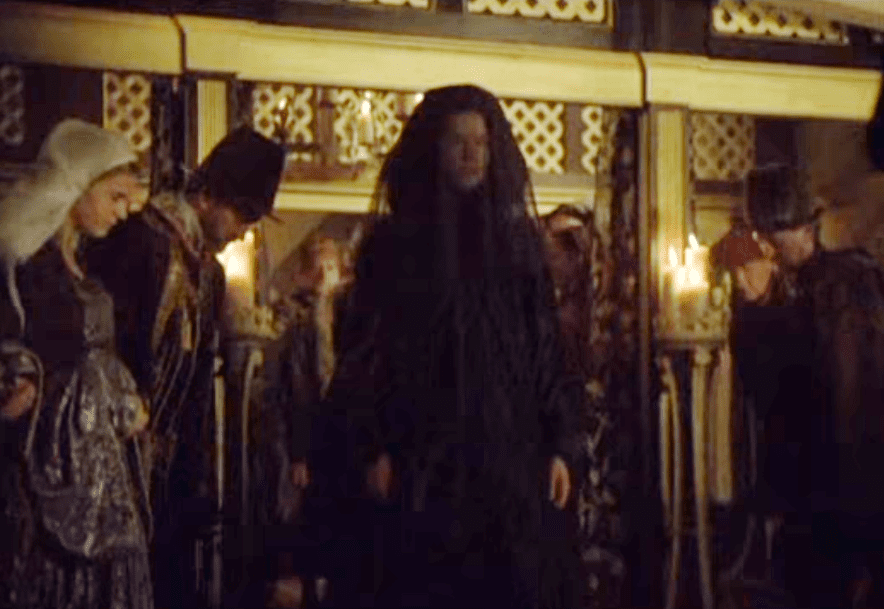 The Tudors (2007–2010), Showtime Networks
The Tudors (2007–2010), Showtime Networks
End of the Road
In May 1536, Anne's luck finally ran out. After the loss of his infant son, Henry decided once and for all that he wanted to marry Jane Seymour and get rid of Anne, just like he did with Catherine of Aragon—only this time, his punishment was so much worse than divorce.
 The Tudors (2007–2010), Showtime Networks
The Tudors (2007–2010), Showtime Networks
Under Lock and Key
Instead of seeking an annulment from Boleyn, King Henry had her thrown into the infamous Tower of London to await her fate. Upon her detainment, Anne apparently collapsed from the shock. After all, what offense had she even committed? It was only over the coming days that Henry's ruinous accusations came out.
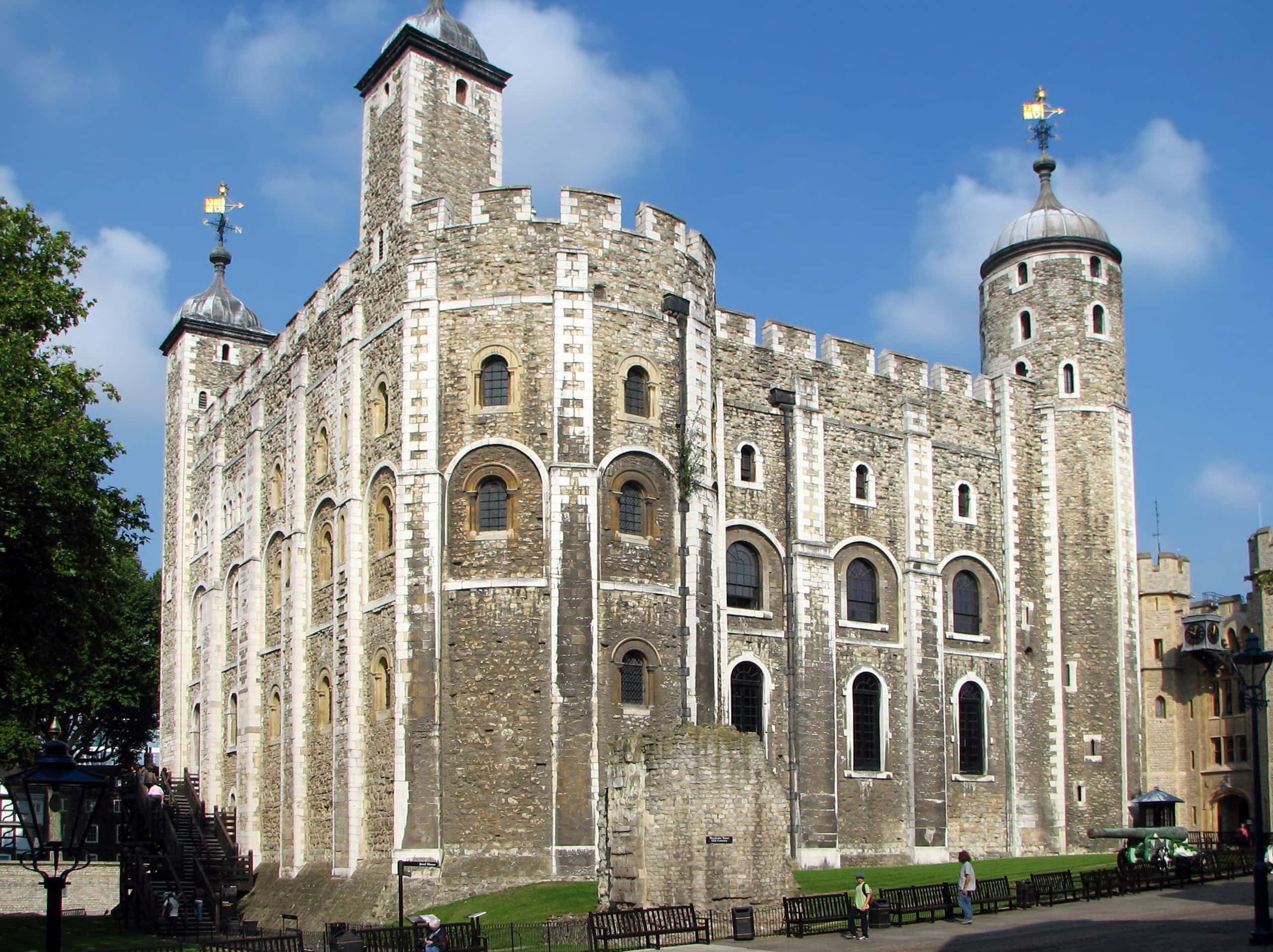 Wikimedia Commons, Bernard Gagnon
Wikimedia Commons, Bernard Gagnon
An Enchanting Tale
King Henry claimed he had been seduced and enchanted into a marriage with Anne, and that she was a witch just like the common people had been saying all along. But then he made his most disturbing allegation.
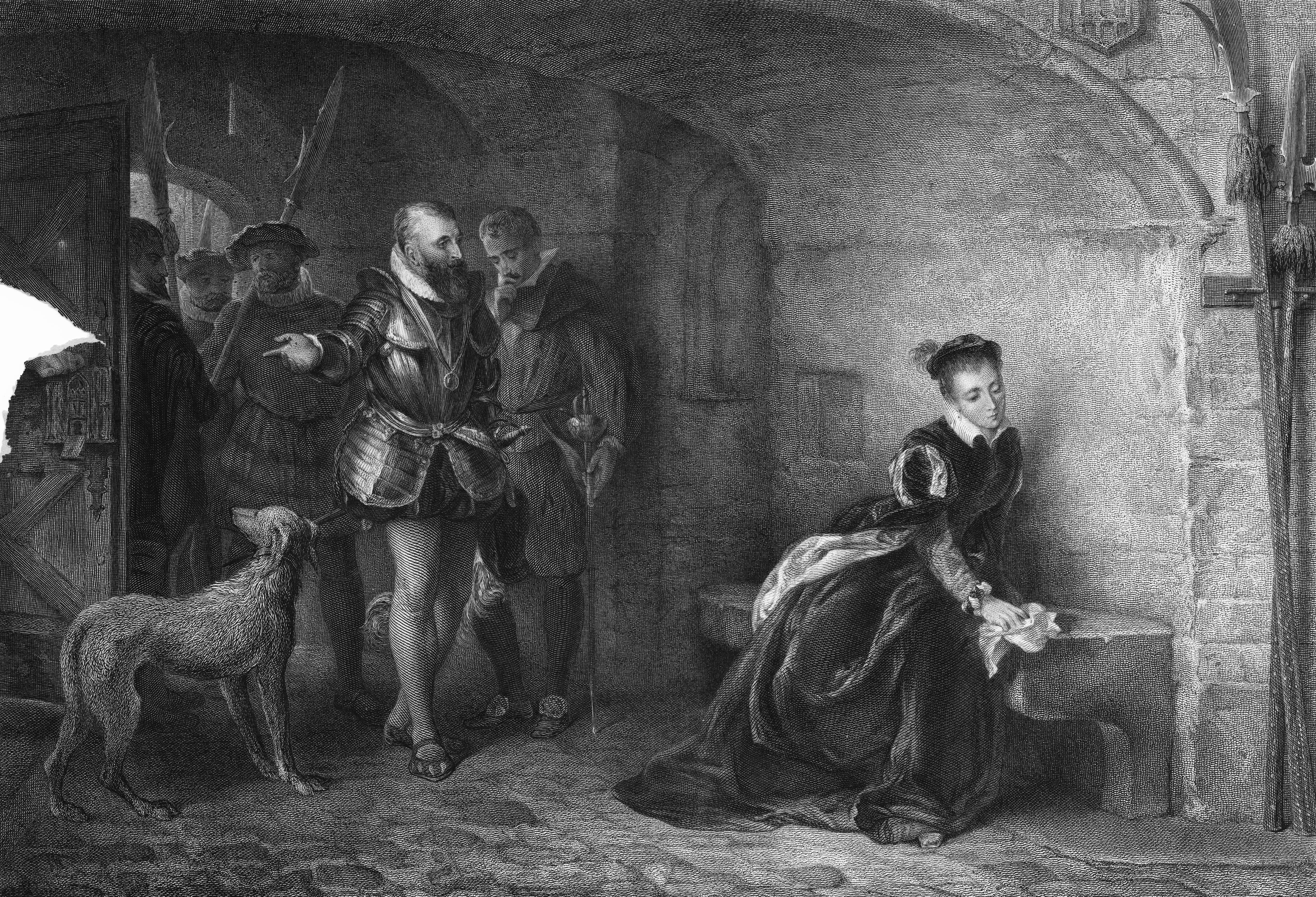
A Royal Mess
In addition to the accusations of witchcraft, Henry also accused Anne of adultery, incest, and even treason. He rounded up four men, her brother George included, and charged them with sleeping with his queen. Boleyn was also charged with plotting to off King Henry VIII so she would be free to marry one of her lovers.
 The Other Boleyn Girl (2008), Columbia Pictures
The Other Boleyn Girl (2008), Columbia Pictures
Quick Change
Few people know about the bizarre thing Anne did right after finding out she was under arrest. Apparently the shocked Boleyn went back to her rooms and got changed into a new gown, an exquisite crimson velvet dress trimmed with expensive fur. This wasn't just Boleyn's vanity talking—it was actually an ingenious plan.
Dressing the Part
Now living in a dangerous world where any mistake could mean the gallows, Anne knew she had to tread carefully, and the costume change was part of this strategy. Boleyn wanted to make sure that when the men led her to the Tower, she looked every part the queen, showing Henry exactly what he was going to be missing. But none of this saved her from her utterly tragic fate.
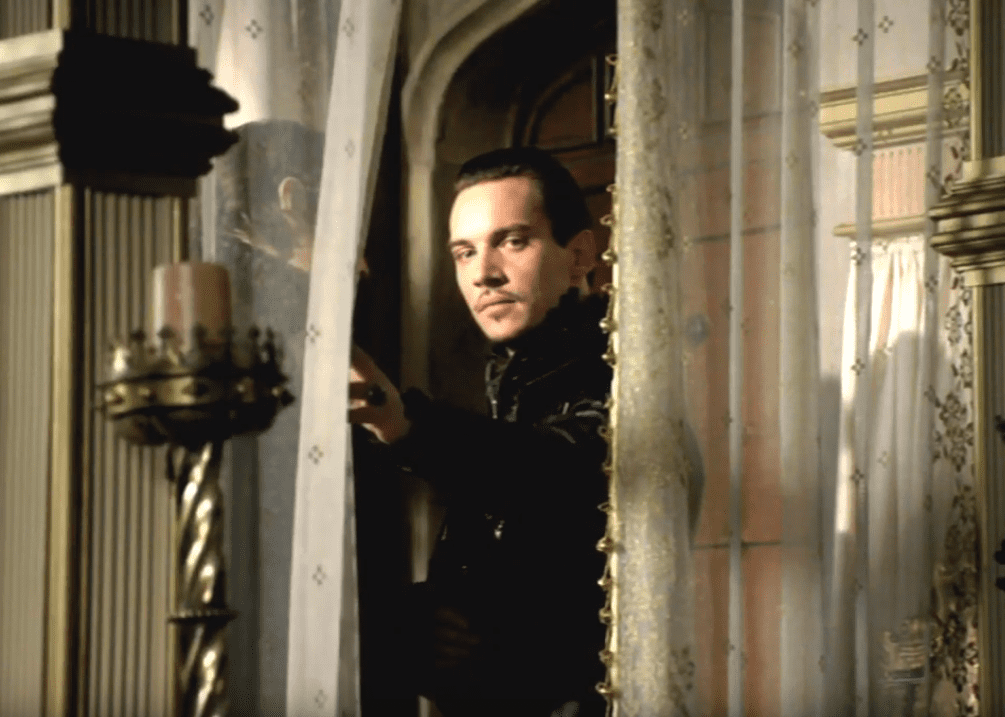 The Tudors (2007–2010), Showtime Networks
The Tudors (2007–2010), Showtime Networks
Setting Sons
This is perhaps the most heartbreaking fact of all when it comes to Anne. Throughout her three-year marriage to King Henry, she had four pregnancies and three miscarriages. In a cruel twist of fate, all of those miscarriages were sons.
Do Not Go Gentle
We may know what Anne Boleyn was thinking and feeling in her final, desperate days in the Tower. The poem "O Death Rock Me Asleep" is usually attributed to Boleyn, and it was composed during her very last hours on earth. In it, Boleyn writes about how the execution will release her from her sorrows: "O death! rock me asleep," the poem says, "Bring me on quiet rest."
Famous Words
Anne Boleyn's most famous quote was spoken right before she went to the block. She reportedly was chatting with a guard about her executioner and, in an attempt to reassure him, said, “I hear he’s quite good. And I have a very small neck!"
Hail Mary
After four days in the tower, Boleyn bundled up a package and gave it to her guard to deliver to the king. It was a letter, and her very last to Henry. In it, she plead for mercy, writing that "never prince had wife more loyal in all duty, and in all true affection, than you have ever found in Anne Boleyn." She also made one final heartbreaking request.
One Last Plea
In her final letter to King Henry, Boleyn begged him to think of their daughter Elizabeth, and then she humbly asked that Henry, if she was found guilty, would still spare the lives of her brother and the other men accused of being her lovers. It's a gut-wrenching revelation: at her core, until the very end, Boleyn was truly selfless. But it didn't go her way.
A Wish Denied
Tragically, Boleyn's plea fell on deaf ears. On May 17, her brother George and the other accused men went to the block, all while Boleyn waited in the Tower of London for her own grisly appointment.
A Notable First
Boleyn is notable for being the first Queen of England to be publicly executed. Once the King's men found her guilty, she was originally sentenced to burn, but Henry ever-so graciously changed it from burning to beheading. He even called in an expert swordsman to carry out the execution instead of using the average axeman.
Dressed to Impress
On May 19th 1536, Anne Boleyn walked to her own execution. She was a clothes-horse until the bitter end, and she made sure to face the gallows in style. For the occasion, the prisoner queen wore a dark grey damask gown with ermine, a red petticoat, and an English gable hood. Like many of Anne's garments, these carried a secret message.
You're Going to Miss Me When I'm Gone
Anne wasn't going to go quietly, and her dress sense proved it. As mentioned above, Anne often favored the French style of hood, but on the day of her execution, she wore an English gable hood instead. This was an obvious sign that she was an English queen. More than that, only royalty could wear ermine. Anne was making sure to say farewell as every inch the monarch she was.
The End Is Near
When Boleyn went to the block, she begged to address the crowd. Her last words were poignant. She said, “Good Christian people, I am come hither to die, for according to the law, and by the law, I am judged to die...thus I take my leave of the world and of you all, and I heartily desire you all to pray for me. O Lord have mercy on me, to God I commend my soul.”
As she awaited the executioner’s blade, kneeling on the block, she repeated the phrase, “To Jesus Christ I commend my soul; Lord Jesu receive my soul.”
Life Comes at You Quick
When Boleyn met her infamous end, she was still in the prime of her life. Though Medieval records make it difficult to determine, the Queen of England was only as old as 35, and was perhaps as young as 28.
Buyer's Remorse
According to some historians, there is one sign that Henry was filled with regret about Anne's fate. Though he destroyed all likenesses of her and broke down most of the jewelry he had gifted, he actually re-purchased several of Boleyn's possessions, and kept more than a few keepsakes with their initials "H" and "A."
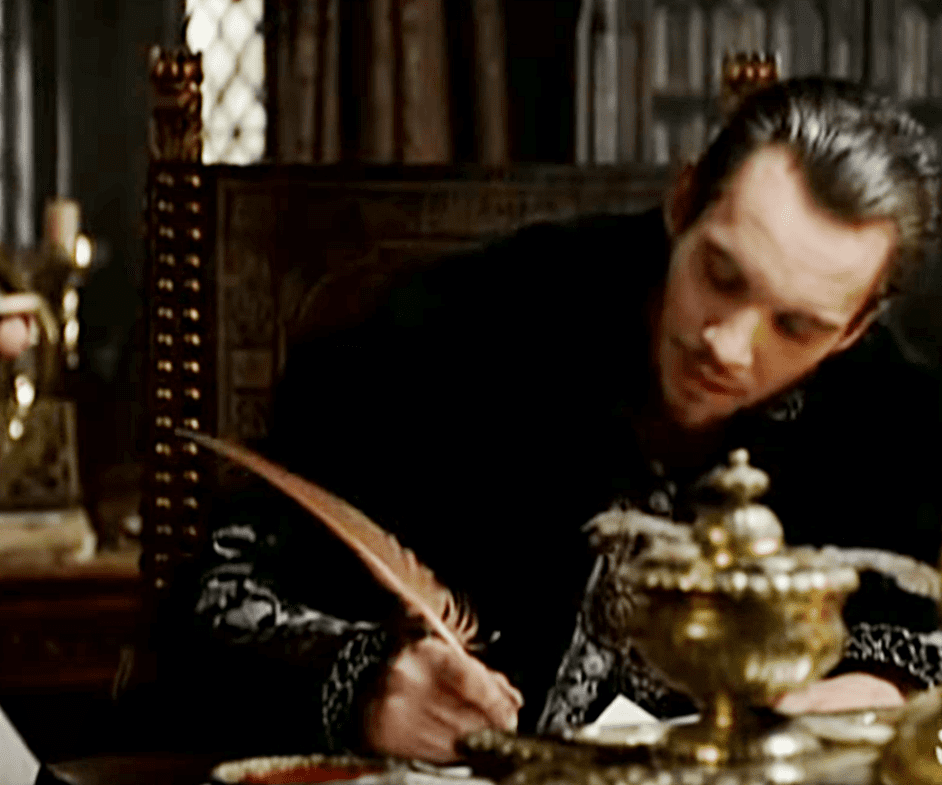 The Tudors (2007–2010), Showtime Networks
The Tudors (2007–2010), Showtime Networks
Long Live the Queen
Regrets or not, King Henry didn't shed many tears for Anne Boleyn, and he sure moved on fast. Jane Seymour permanently moved in just 11 days after Boleyn's execution.
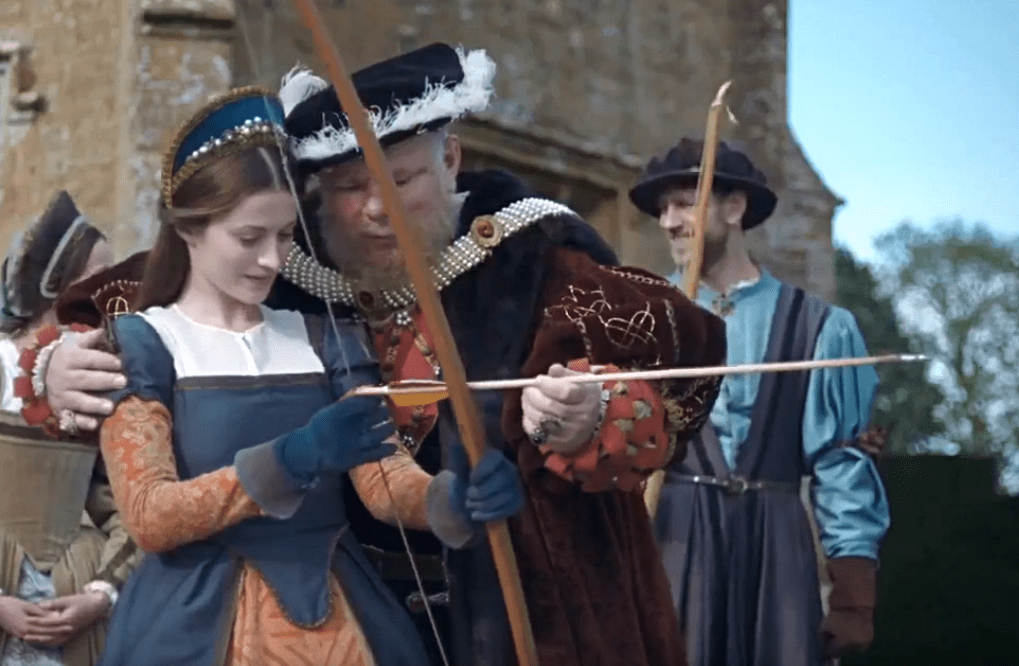 Six Wives with Lucy Worsley (2016), BBC
Six Wives with Lucy Worsley (2016), BBC
Mystery Girl
Because Henry VIII had all likenesses of Boleyn destroyed after her end, there are no contemporary paintings of Anne Boleyn still in existence. The only confirmed object we have is a lead disc made in her image in 1534.
 The Tudors (2007–2010), Showtime Networks
The Tudors (2007–2010), Showtime Networks
Condemned for Not Shipping It
In the days when King Henry was still trying to marry Anne Boleyn, one woman turned to prophecy to stop him. In 1532, a Catholic nun and mystic named Elizabeth Barton prophesied that if the King married Boleyn, he would die and condemn his soul. She was promptly detained, beheaded, and displayed on London Bridge. She remains the only woman in history to have her head decorate the bridge.
Hanging at Hogwarts
In the Harry Potter films, Anne Boleyn’s portrait hangs along the staircases at Hogwarts. In the Potter Universe, muggles (non-wizards) accuse Boleyn of being a witch, but she was actually a squib—a non-magical person born to a magical parent. The books also suggest that she may have given Henry one or two love potions to get him to marry her.
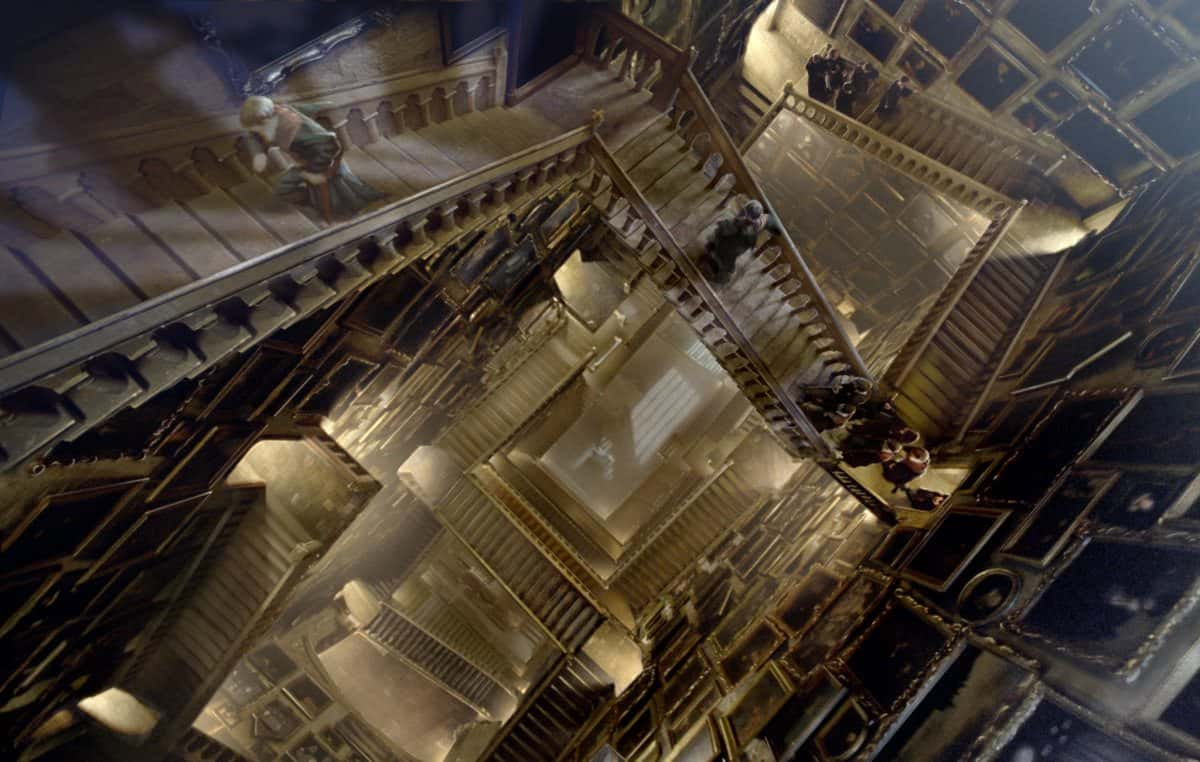 Harry Potter And The Deathly Hallows ,Warner Bros. Pictures
Harry Potter And The Deathly Hallows ,Warner Bros. Pictures
Eleven-Fingered Woman
According to an infamous story, Anne Boleyn had an extra finger on one hand. The tales of a bewitching, eleven-fingered queen are alluring, but they're also sinister. The depiction came from Catholic Propagandist Nicholas Sanders, who had every reason to discredit Boleyn. He also claimed she had a snaggle tooth and an unsightly cyst on her throat.
Charitable Giving
Despite her reputation as a conniving witch, Boleyn had a very charitable soul, and she donated to her favorite causes often and generously. In addition to monetary donations, she also had her servants purchase large quantities of canvas and make them into smocks and sheets for those people who couldn't afford them.
The Lovers Cried and the Poets Dreamed
One of Anne's other admirers was the famed English poet Thomas Wyatt, who was creepily obsessed with her. Even though he was already married to another woman, he divorced her and started trying to rebound with Anne instead, writing sad poetry about her. Really, men simply couldn't stop themselves when it came to Anne.
Humble Origins
The Boleyns weren't always so well-to-do, and Anne wasn't of royal stock from her birth. Her early ancestors were actually hard-working (though successful) peasants, and even her great-grandfather was a humble hatter. Still, he was well-respected and smart with his money, growing his wealth and establishing the Boleyns as the family to beat.
A Woman Never Tells Her Age
To this day, historians aren't certain when Anne Boleyn was born, and so we don't even know how old she was when she went to her tragic end. Historians believe she was born some time between 1501 and 1507. She also may have been the middle child: Her sister Mary was certainly older, and her brother George was possibly younger.
Baby, You're the Best
Despite her humble beginnings, Anne was of far more noble birth than most of Henry's wives. She stacked above Jane Seymour, Catherine Howard, and Catherine Parr when it came to family clout.
Our Bad, Anne
Though her family's reputation was all but ruined after her infamous execution, Anne herself was eventually rehabilitated in the eyes of the English court. When her daughter Elizabeth finally became queen, people began to see Anne as a martyr for the cause of the English Reformation. Well isn't that just too little, too late.
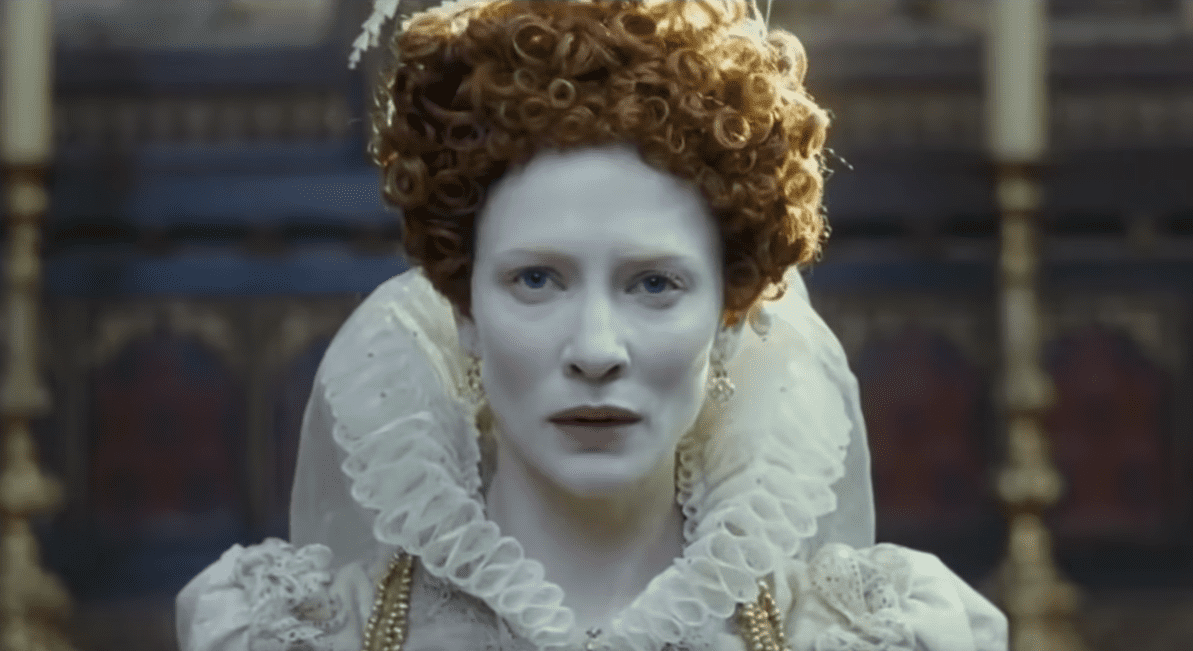 Elizabeth: The Golden Age, Universal Pictures
Elizabeth: The Golden Age, Universal Pictures
I'm Always With You
Although she kept it on the down-low for political reasons, Elizabeth loved her mother Anne very much. Elizabeth was only two years old when Anne was executed, and as an adult she quietly honored her and her family by taking care of their positions at court, and always kept her mother's portrait in a locket on her necklace.
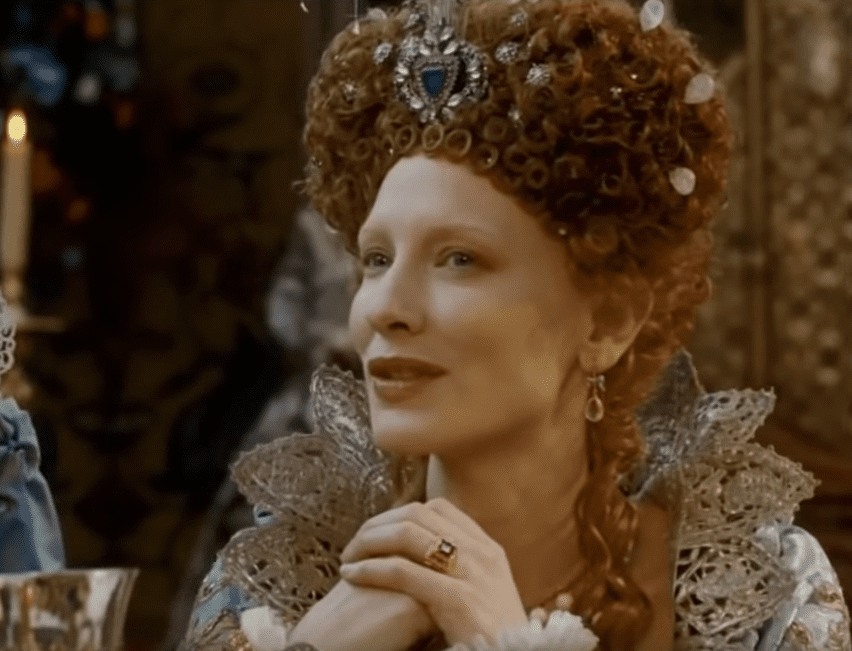 Elizabeth: The Golden Age, Universal Pictures
Elizabeth: The Golden Age, Universal Pictures
Secret Ceremony
As noted above, King Henry VIII and Anne Boleyn were married in a secret ceremony months before she was officially coronated the Queen of England. But as she stood beside Henry at the altar, Boleyn kept a scandalous secret. She was pregnant. She had remained chaste throughout their long engagement, but finally gave into Henry's bedroom demands at the very end.
False Charges
Henry may have claimed Anne was treasonous, but modern historians agree that the charges brought against her were false. The real truth behind Boleyn's infamous trial is tragic. According to most experts, Henry had her killed just because she didn't give him any male children, and now he had his new toy Jane Seymour to play with.
Mellow Yellow
In January 1536, King Henry and Queen Anne got word that Henry's ex-wife Catherine of Aragon had tragically died. Their reaction was so disturbing, it's impossible to forget. The royal couple was overjoyed at the news, and the next day they even dressed up in jubilant yellow clothing to celebrate to occasion.
However, keep in mind that yellow was also the color of mourning in Catherine's native Spain, so there's a slim chance Henry and Anne were merely giving her a respectful homage. But uh, I think we know King Henry by now...
Black-hearted Woman
Catherine of Aragon's passing caused one more scandal for Anne Boleyn. When she died, doctors opened her body to find that her heart had turned completely black. Suddenly, the court began to whisper that Boleyn had poisoned her rival. We now know Catherine actually passed from cancer of the heart, and this turned it black, but it just goes to show how much people hated Anne.
Doubly Mourned
In a case of poetic justice—or maybe ghostly revenge—Anne miscarried her last child on the very day of Catherine of Aragon's funeral.
Changing Views
Boleyn is truly one of the most fascinating and enigmatic women in history, and our understanding of her legacy has changed in the centuries since her end. Over the years, she has gone from enchanting witch, to powerless victim, to empowered woman in her own right. Now we know her as one of the most driven and intelligent monarchs of her time.
Sources: 1, 2, 3, 4, 5, 6, 7, 8, 9, 10, 11, 12, 13, 14, 15, 16, 17, 18, 19, 20, 21, 22, 23, 24, 25

